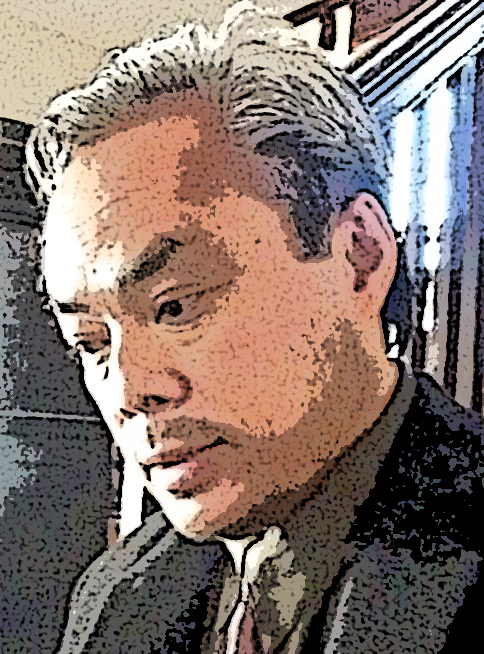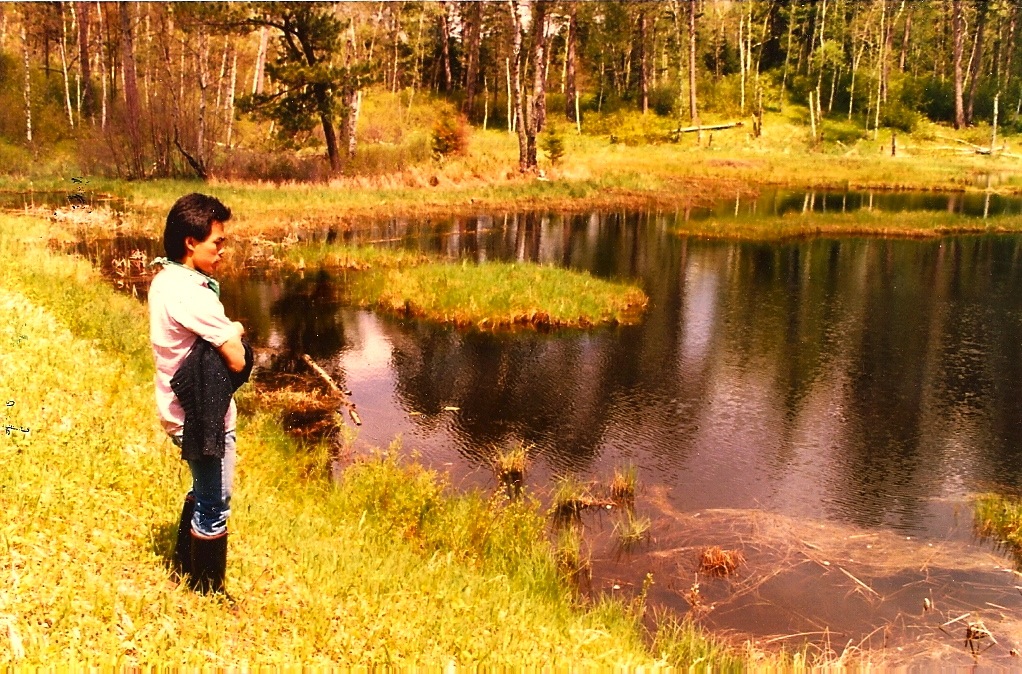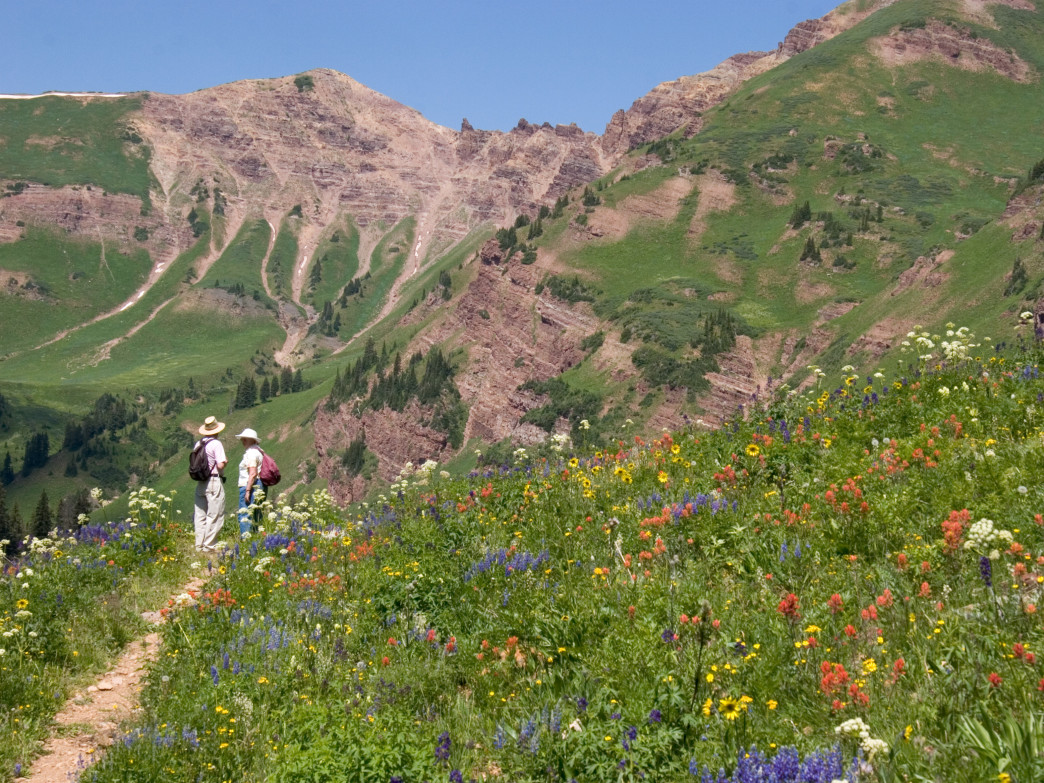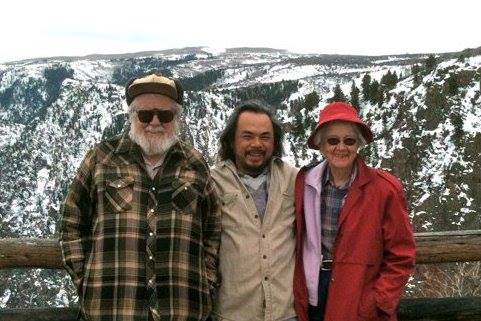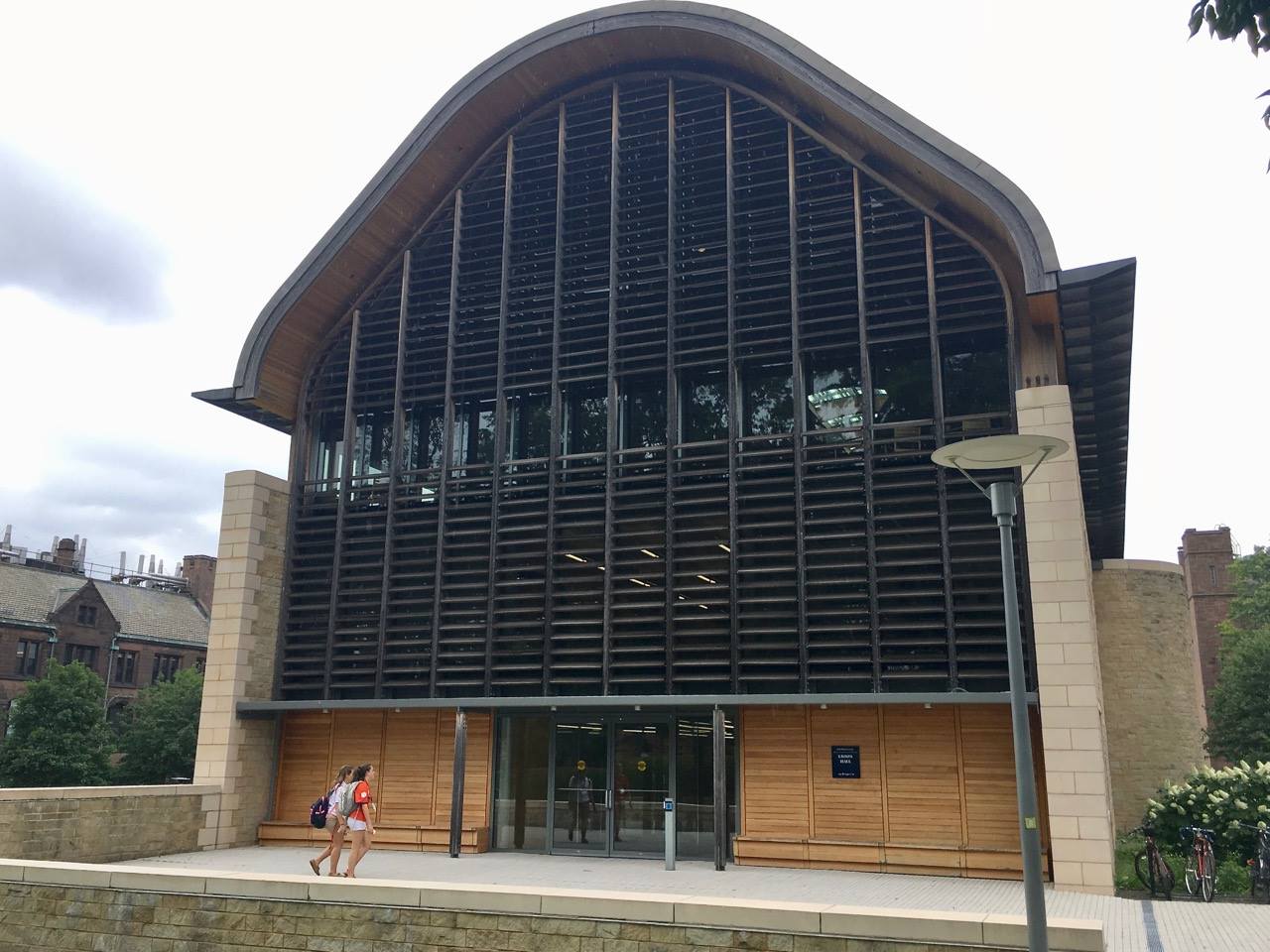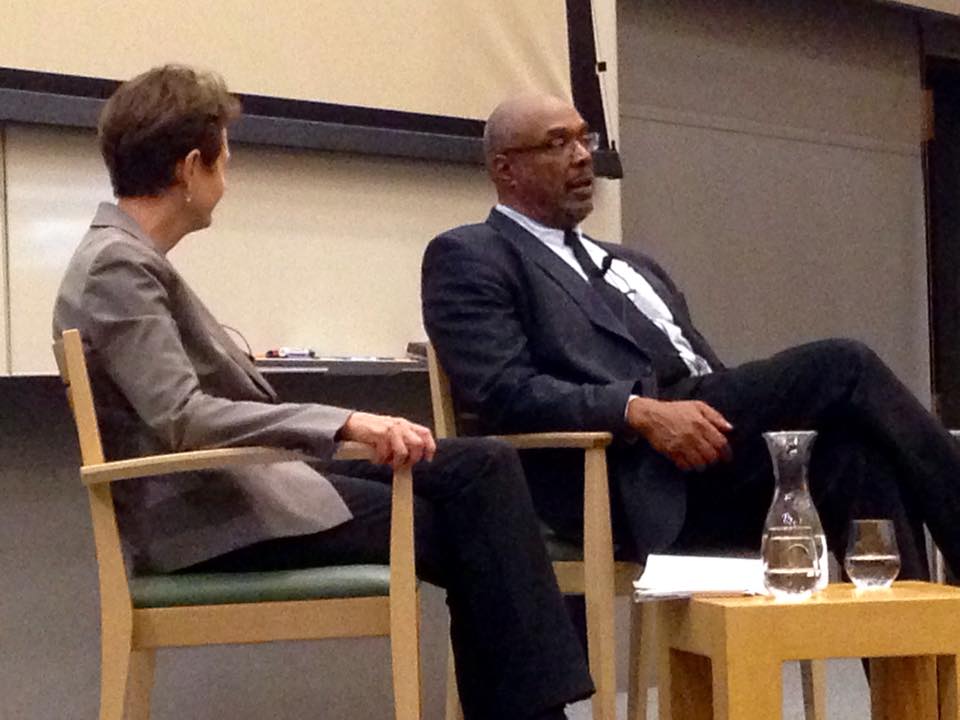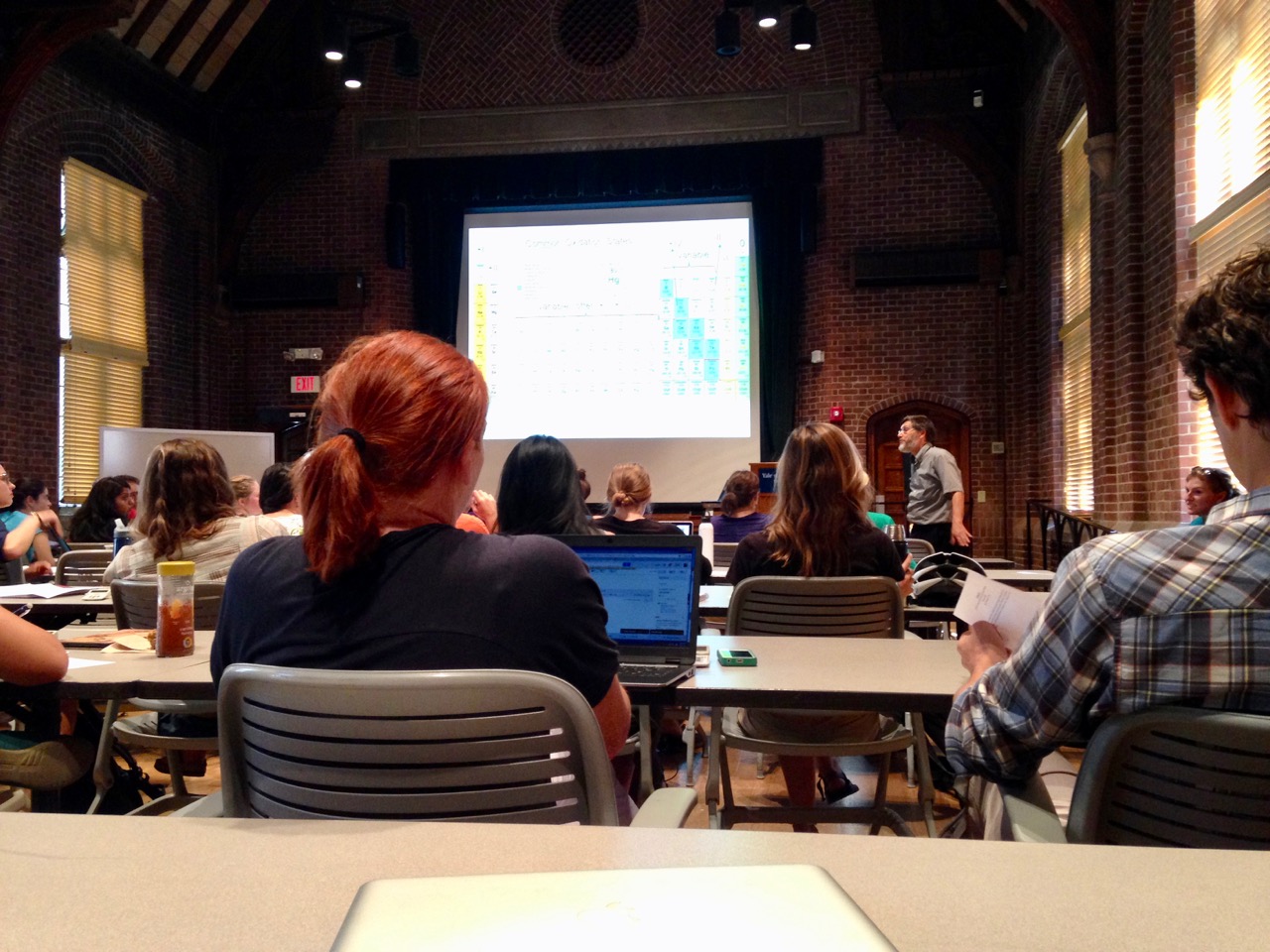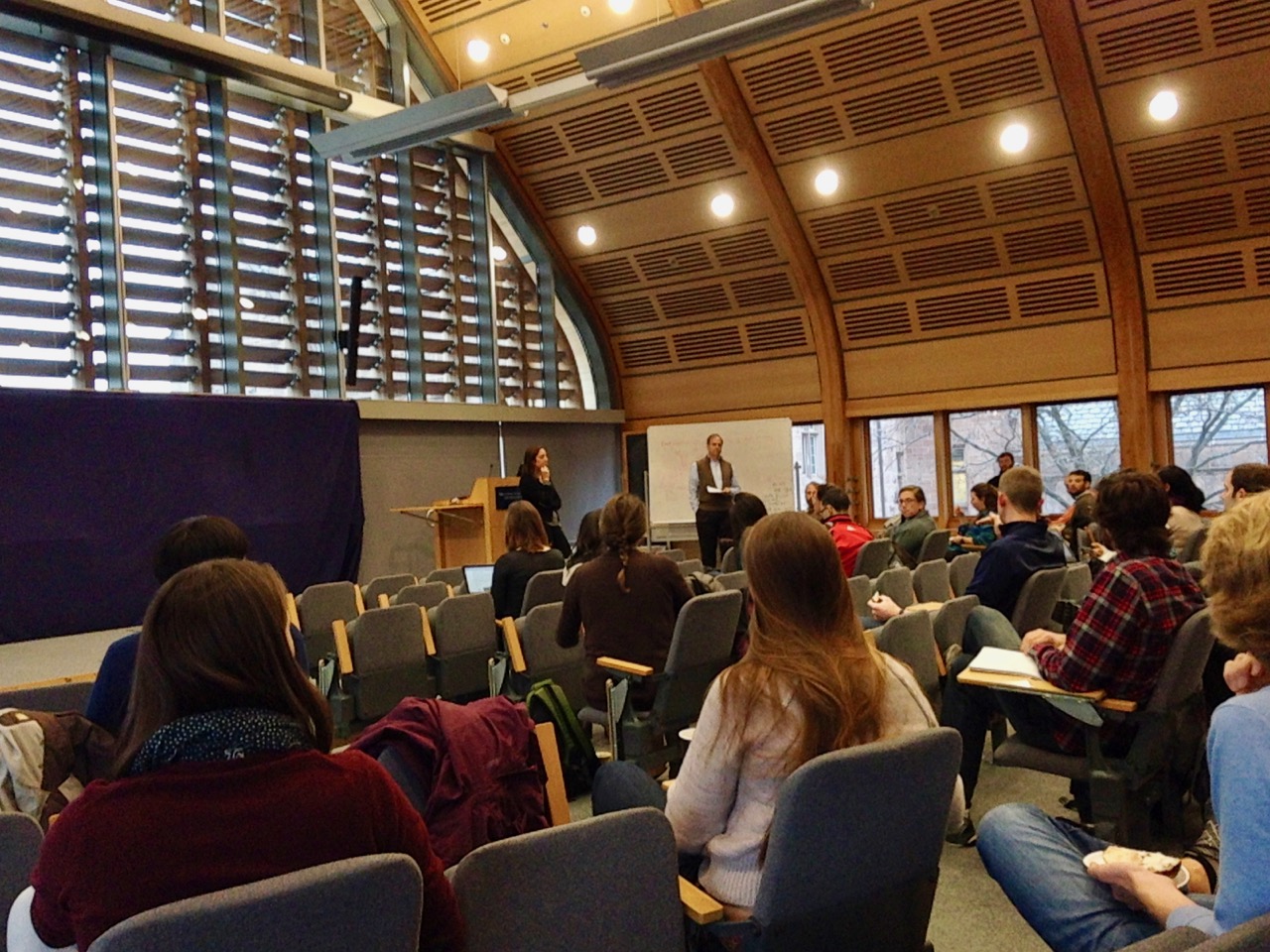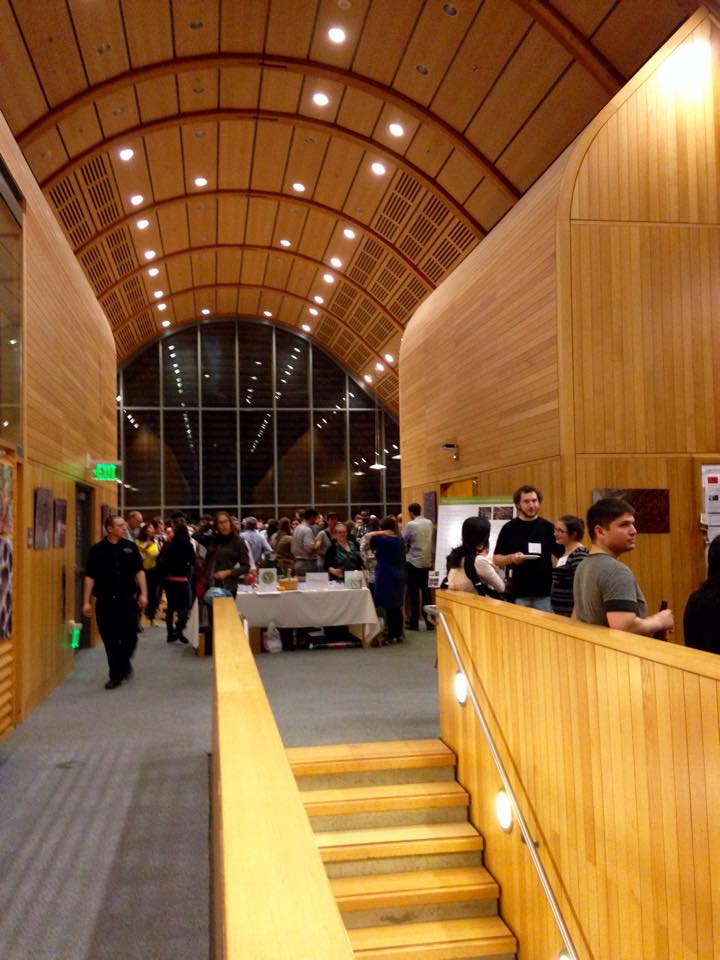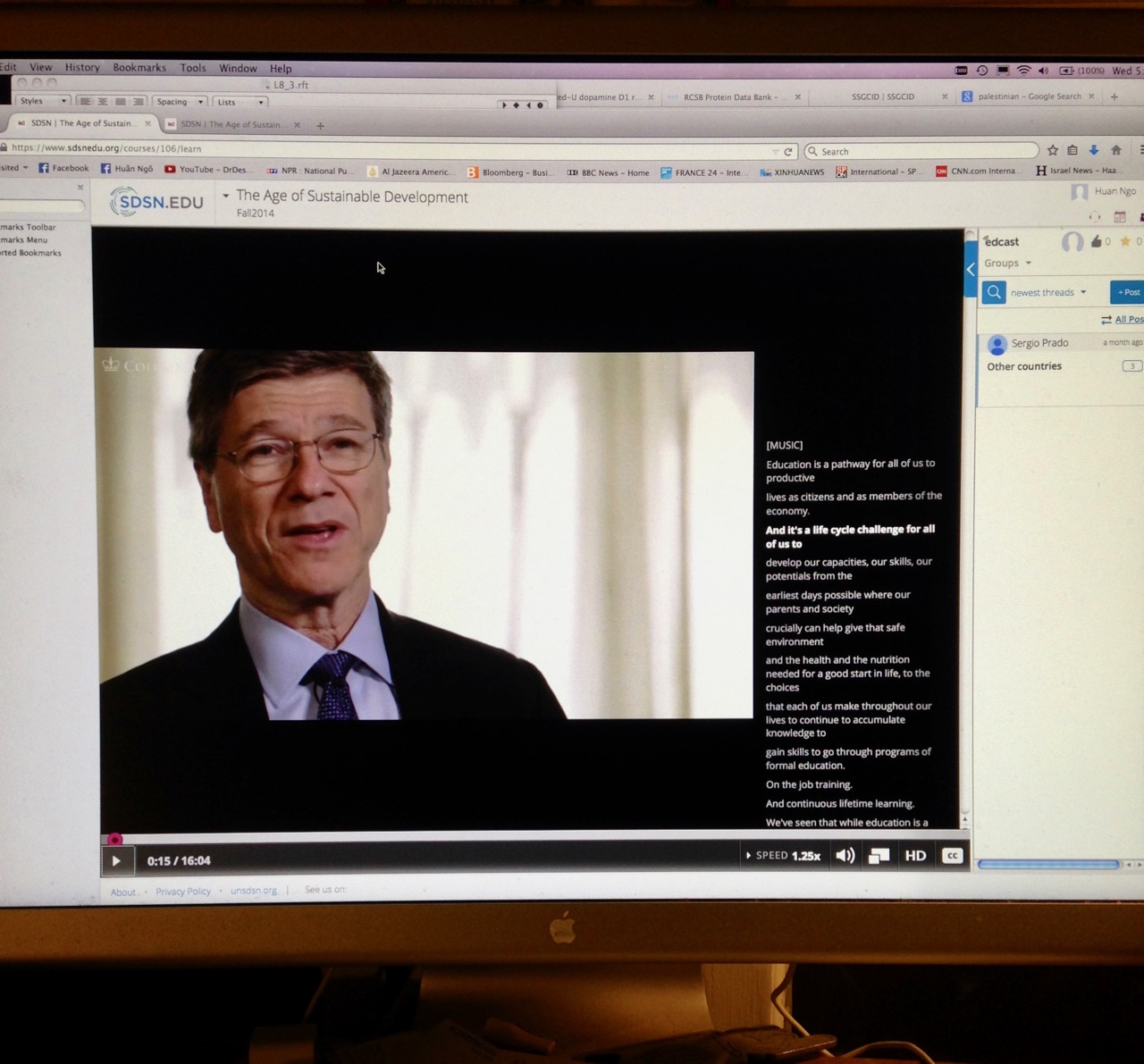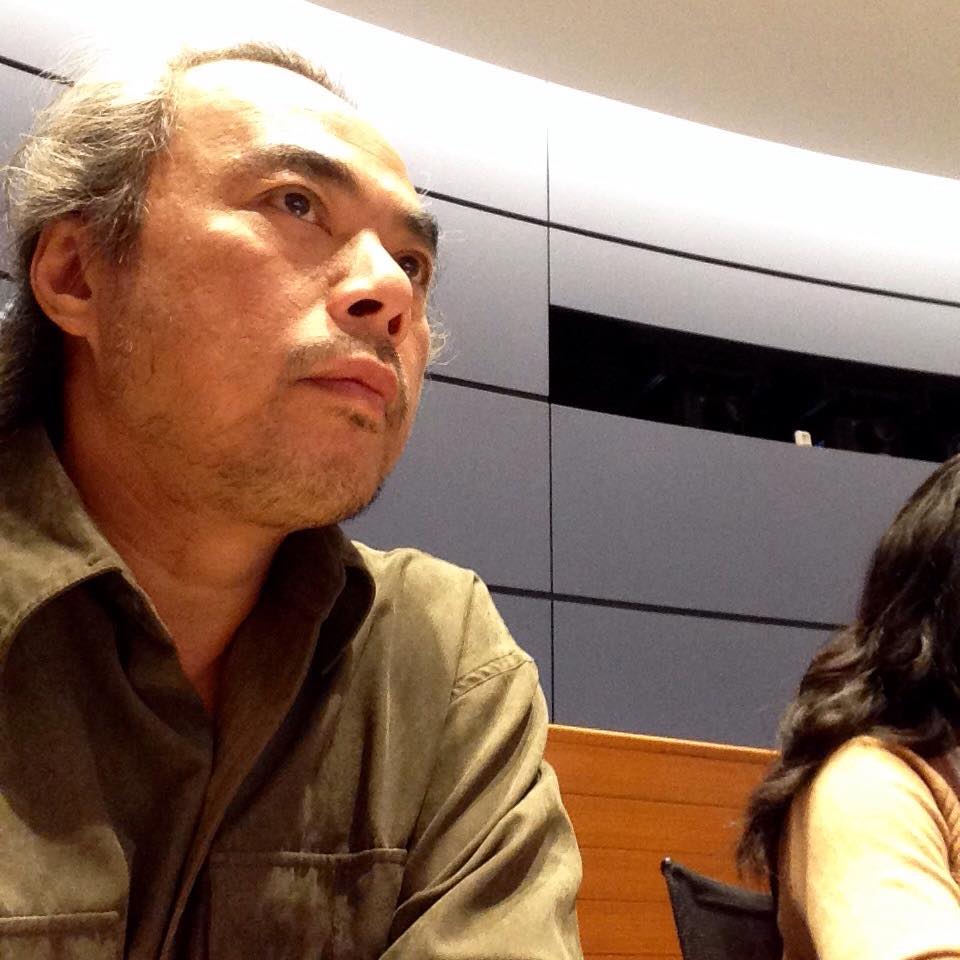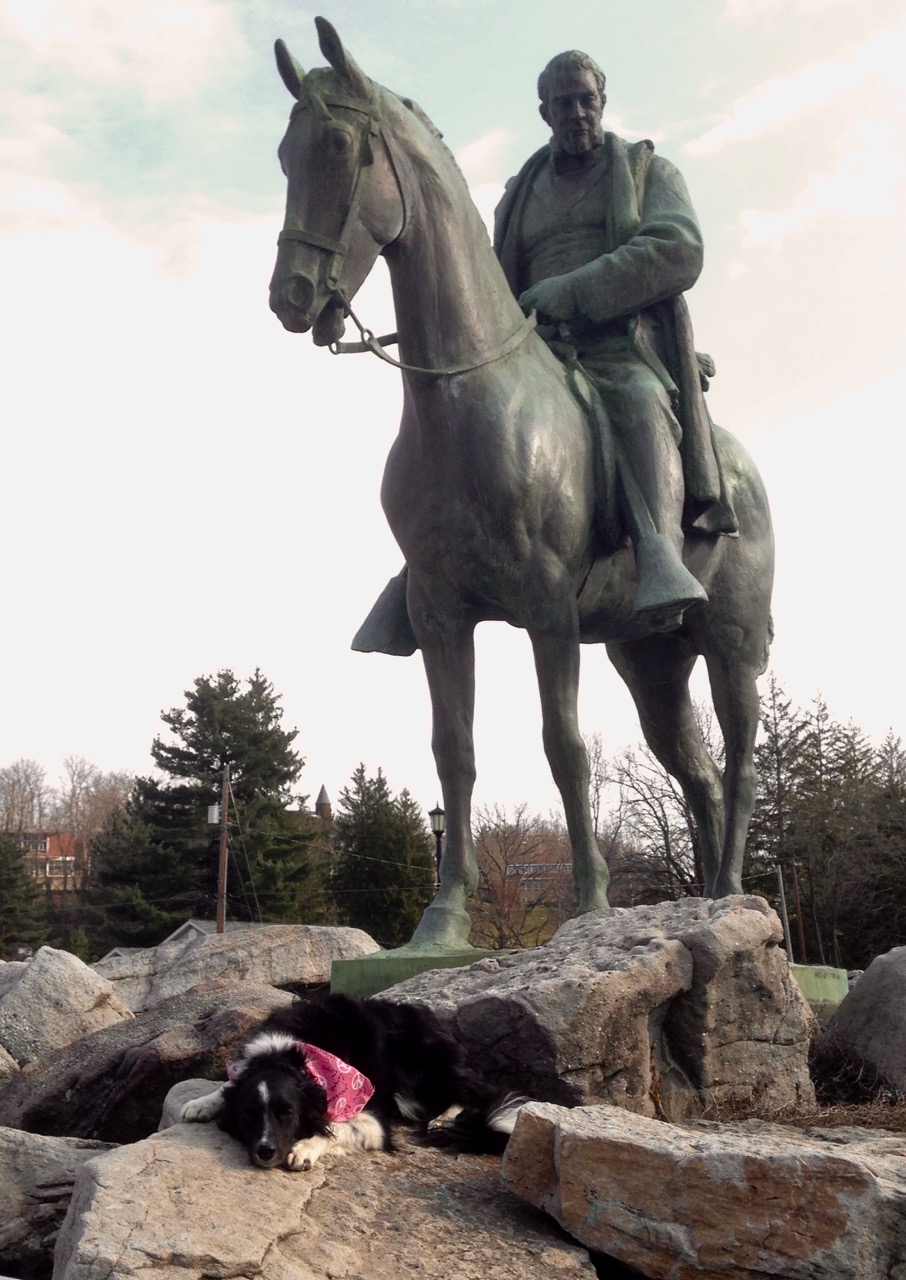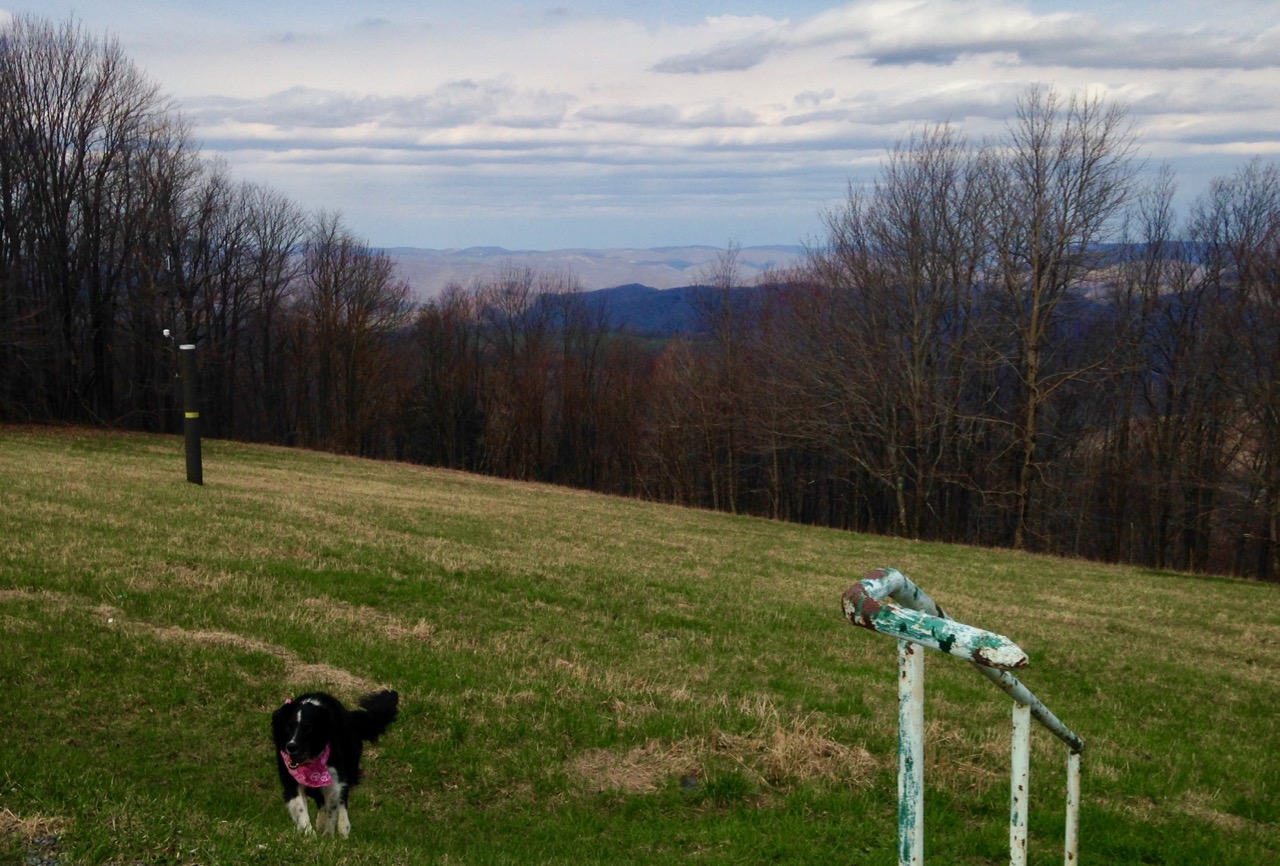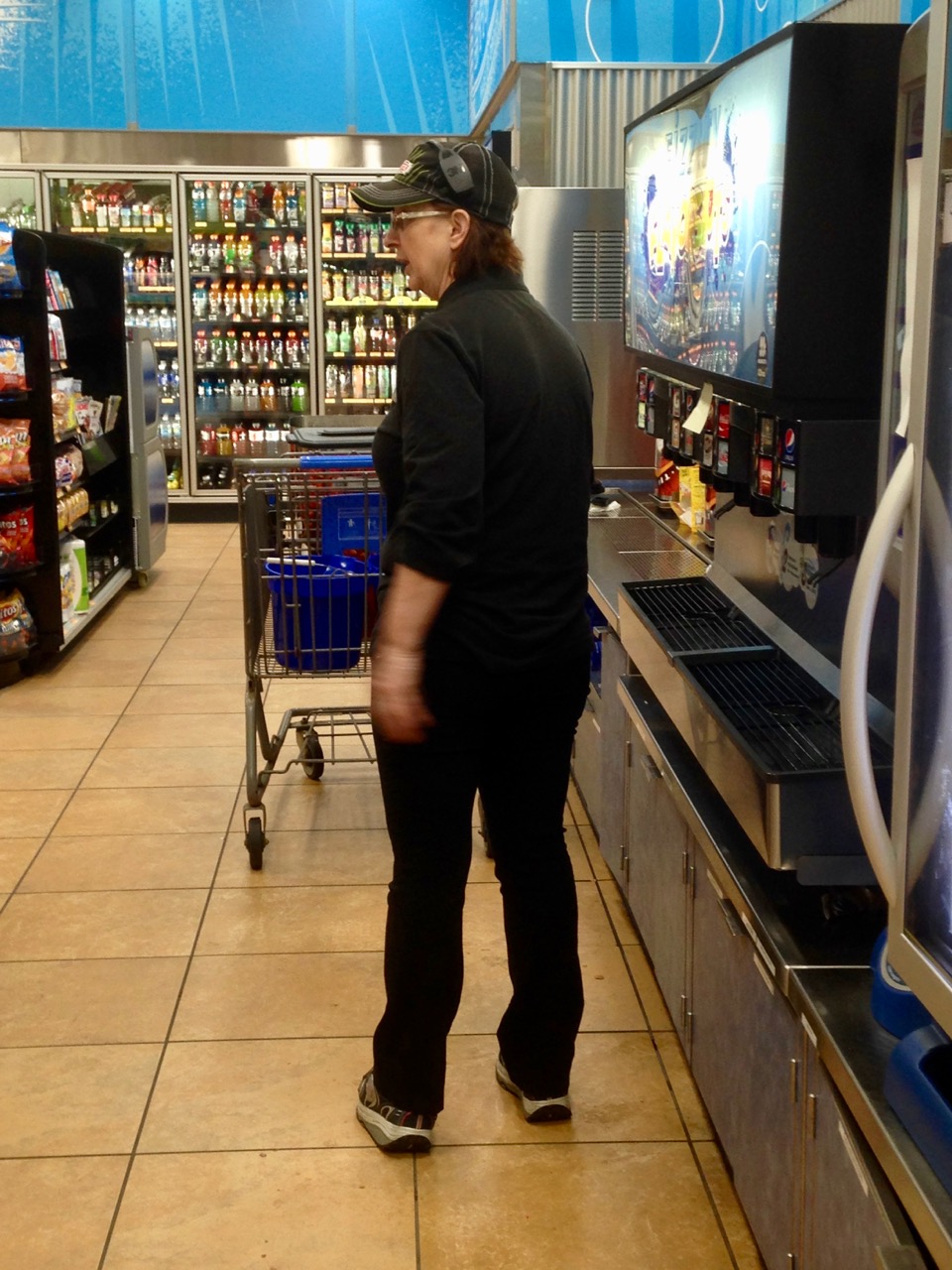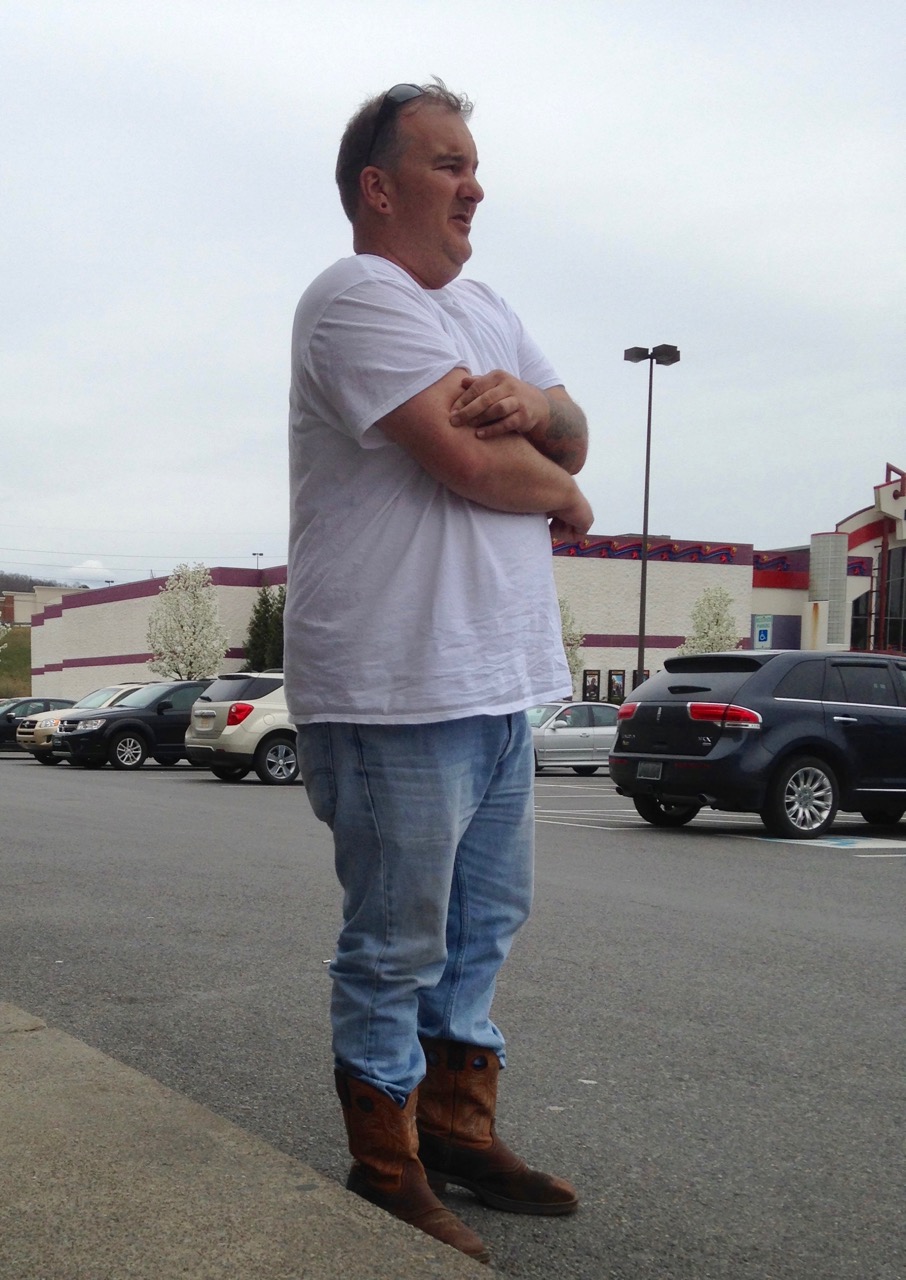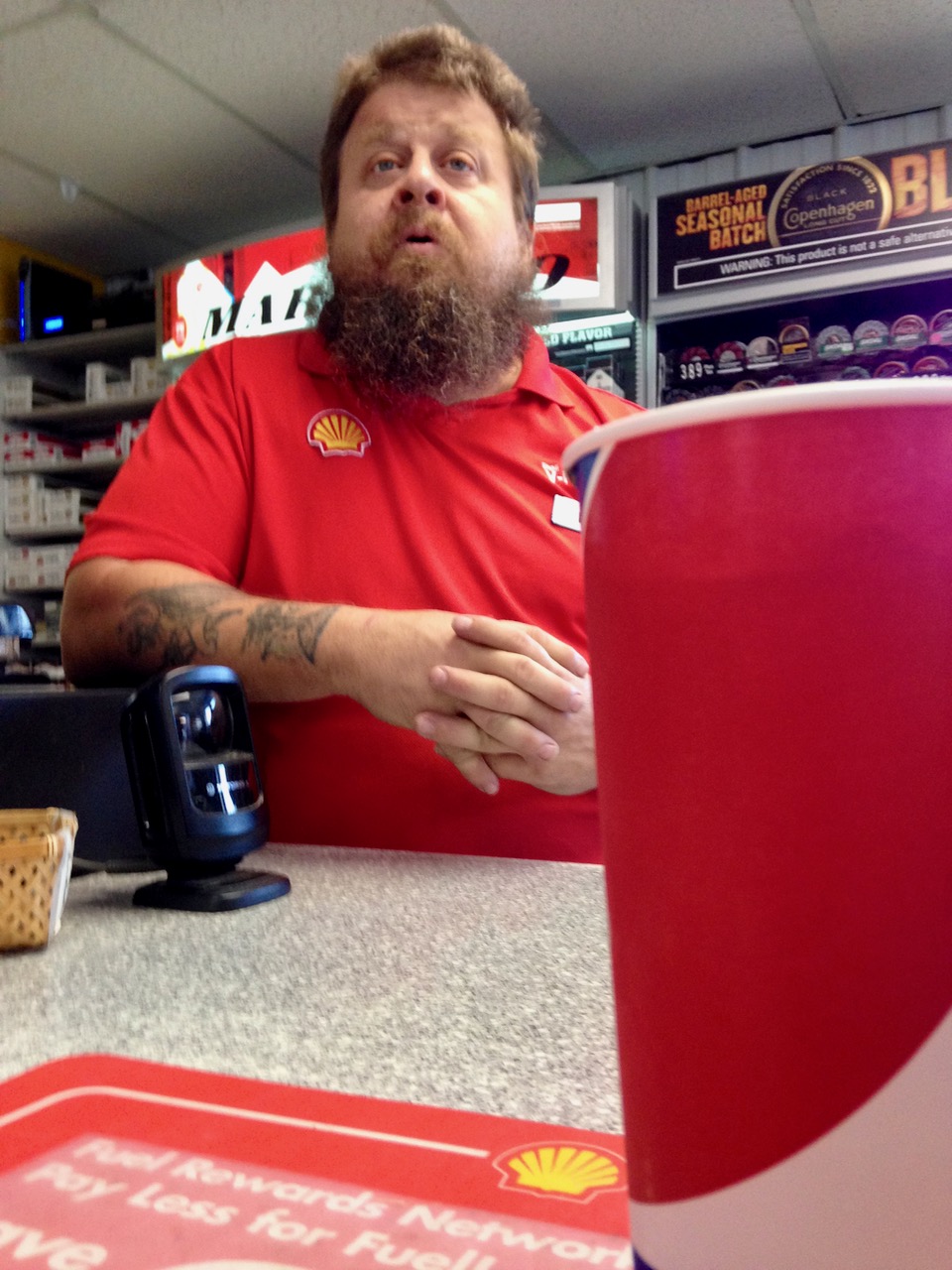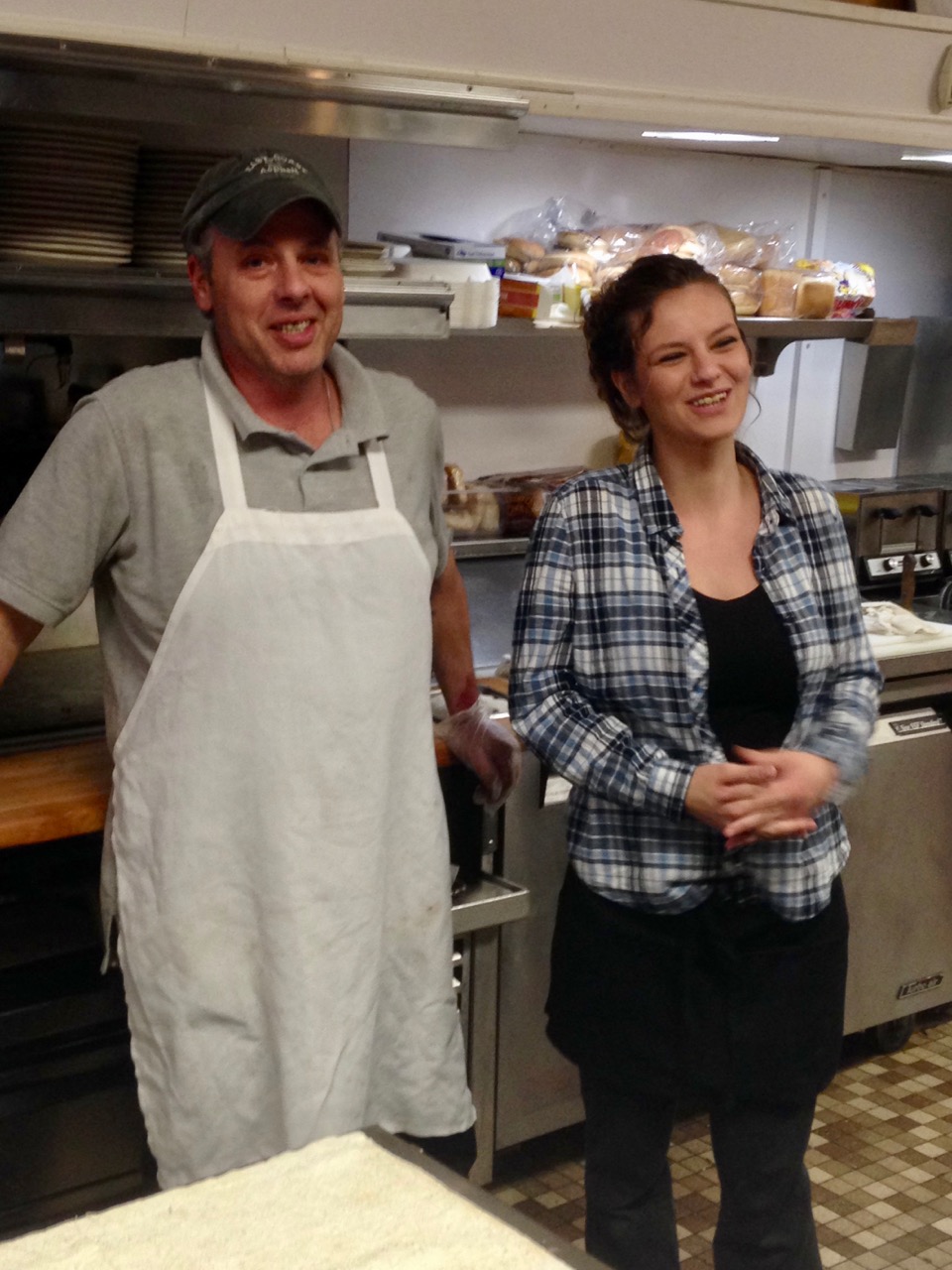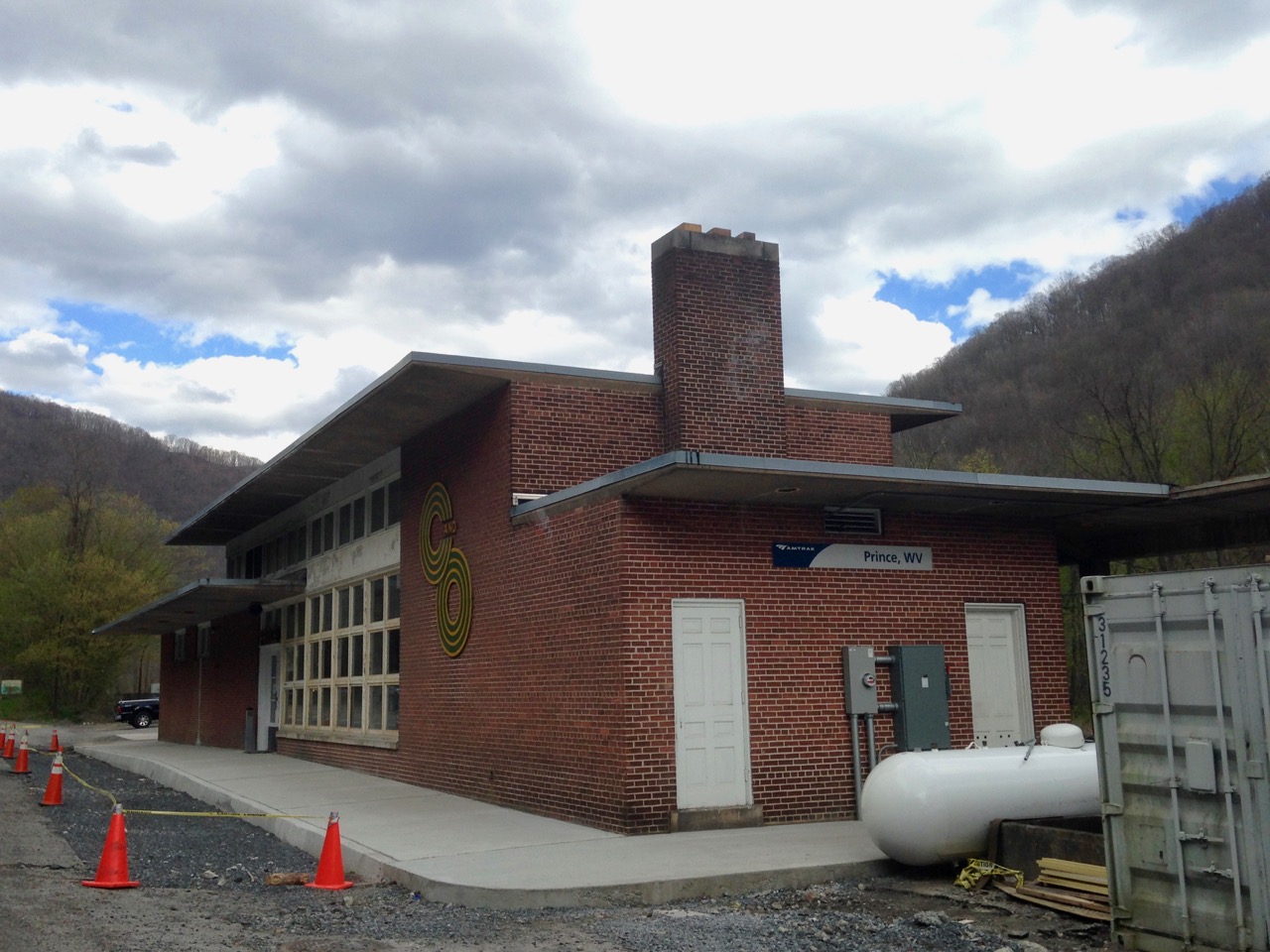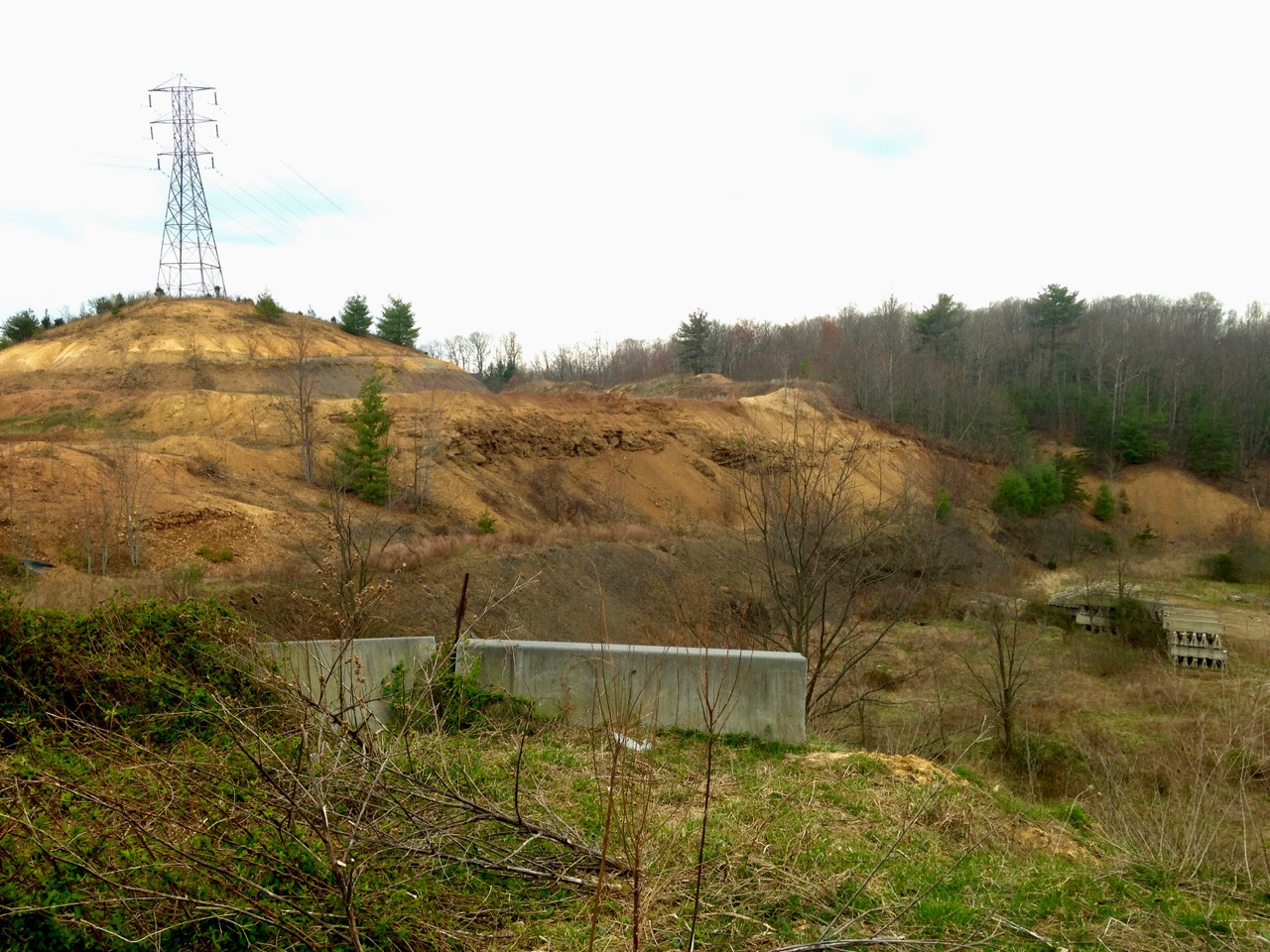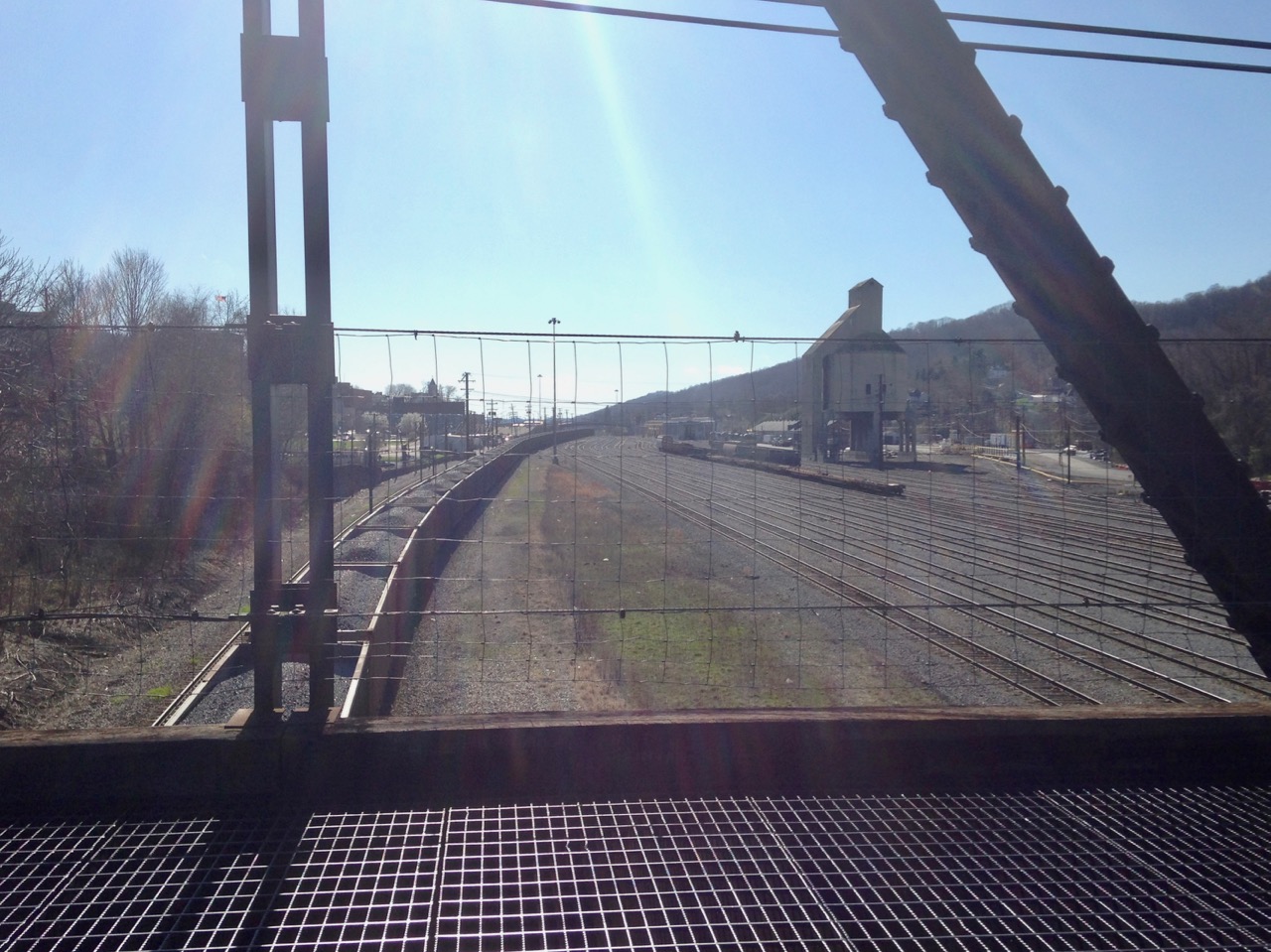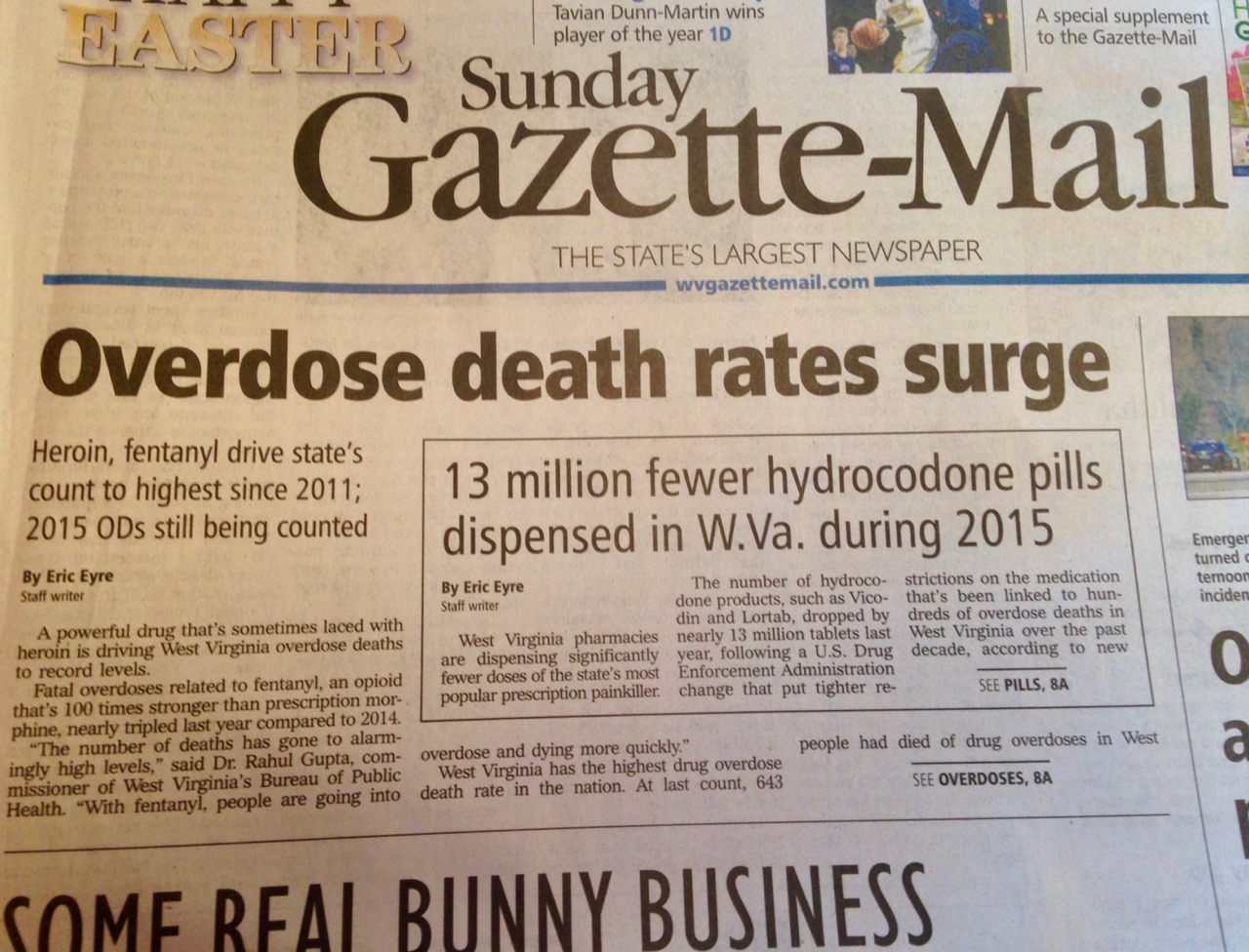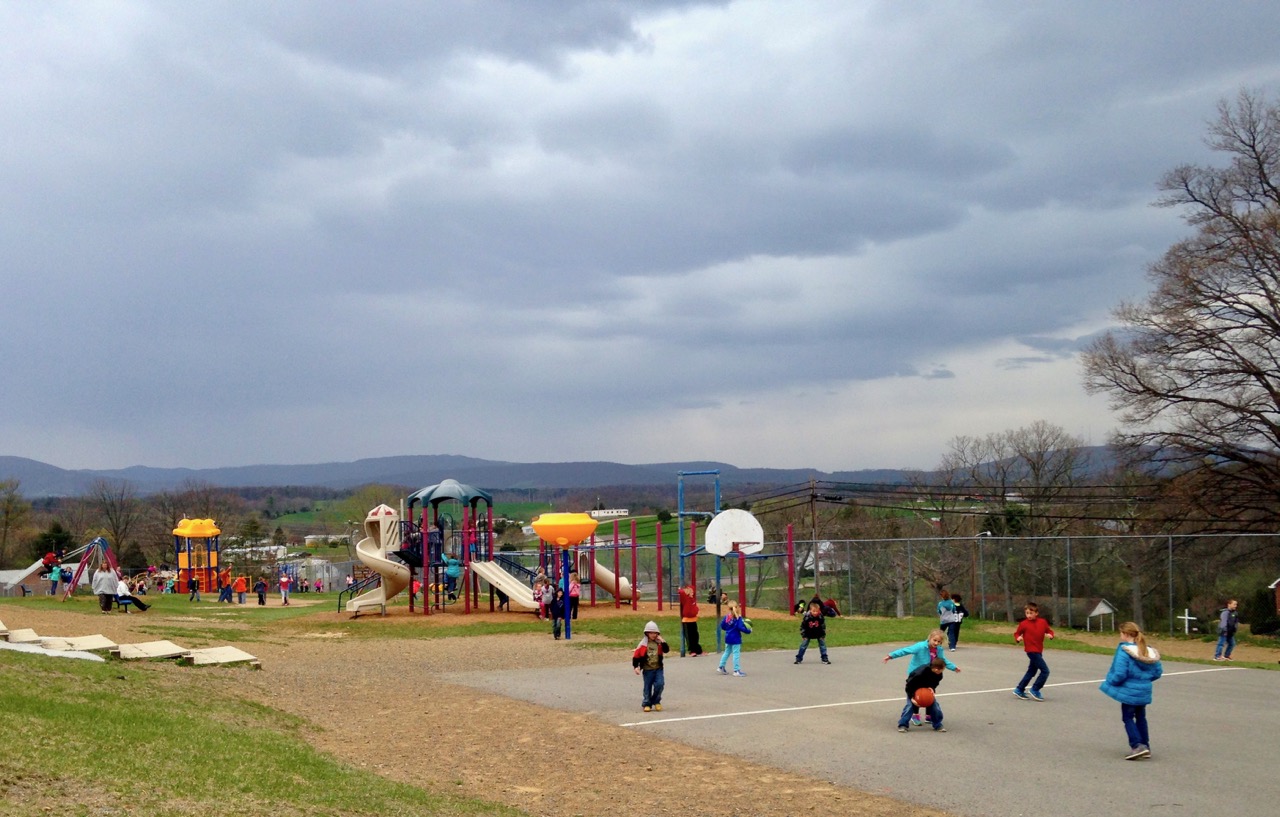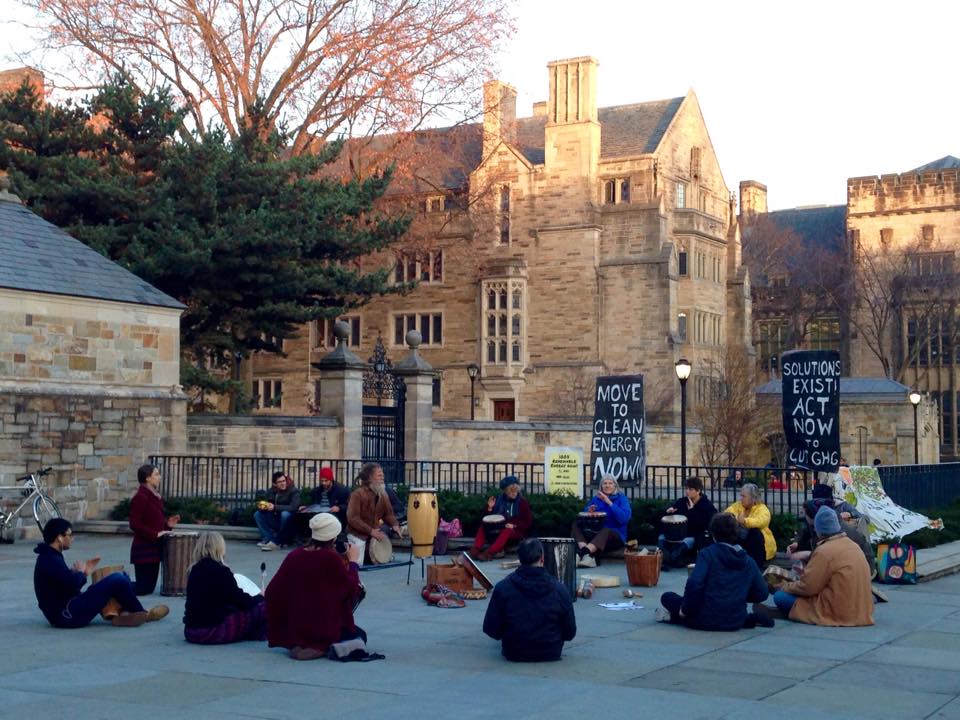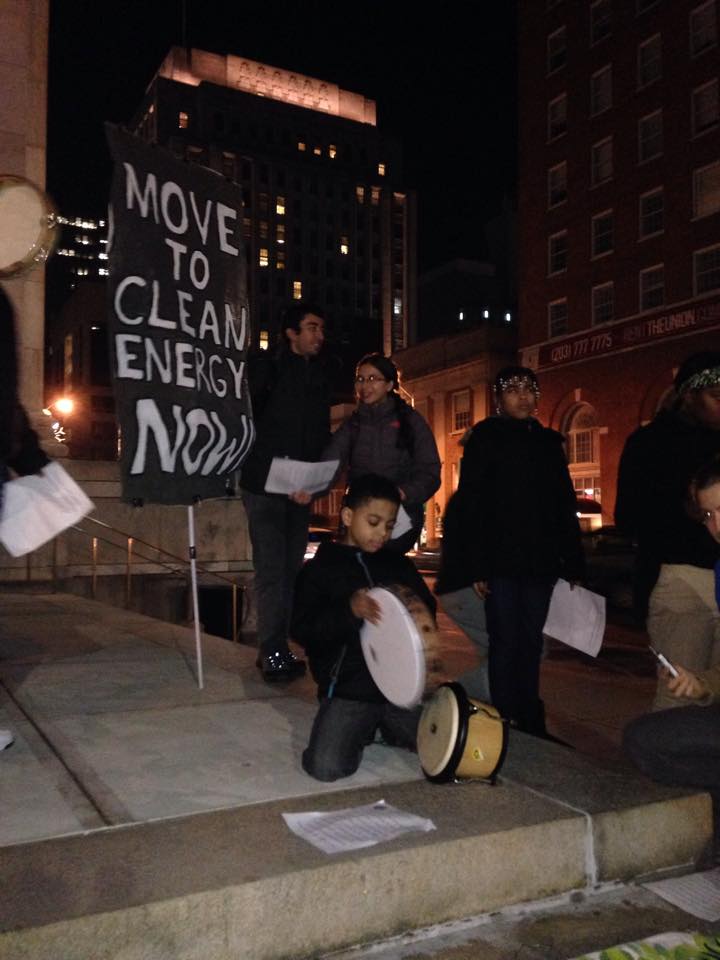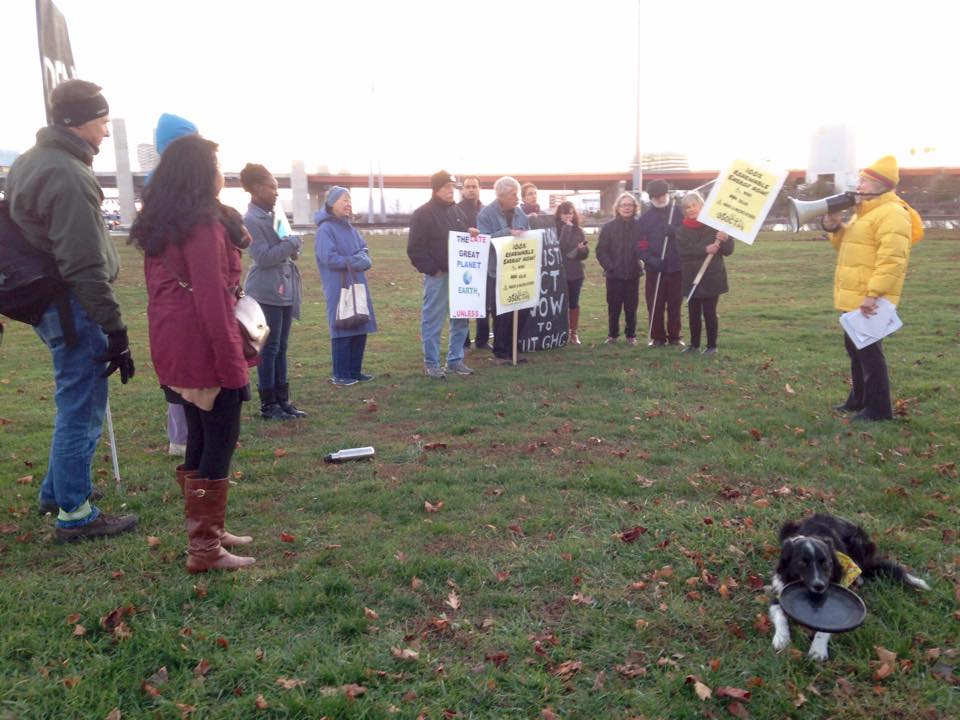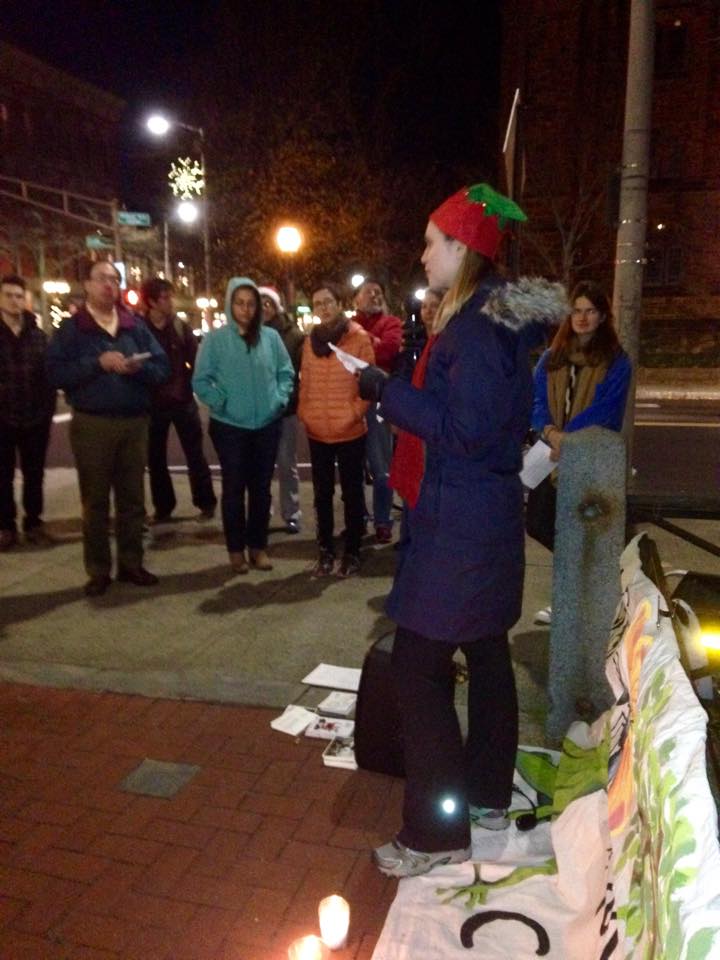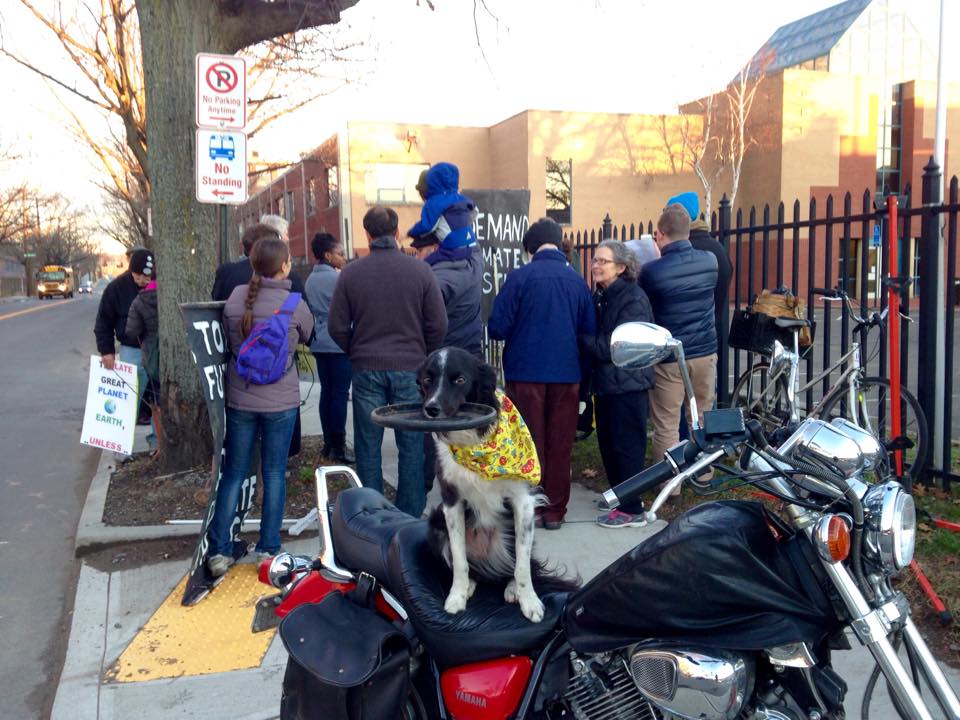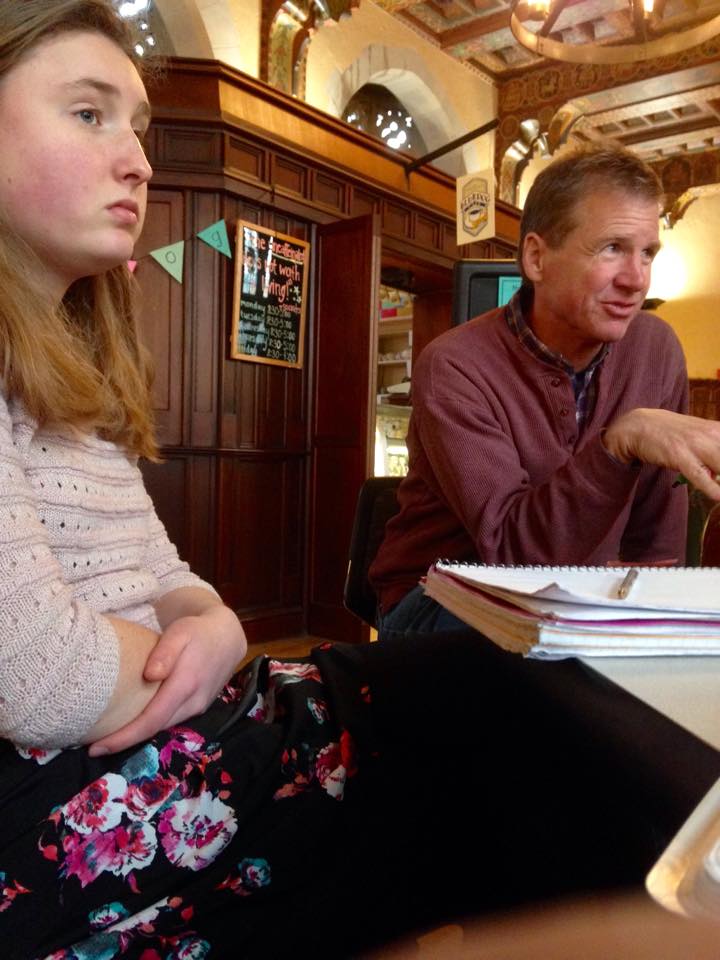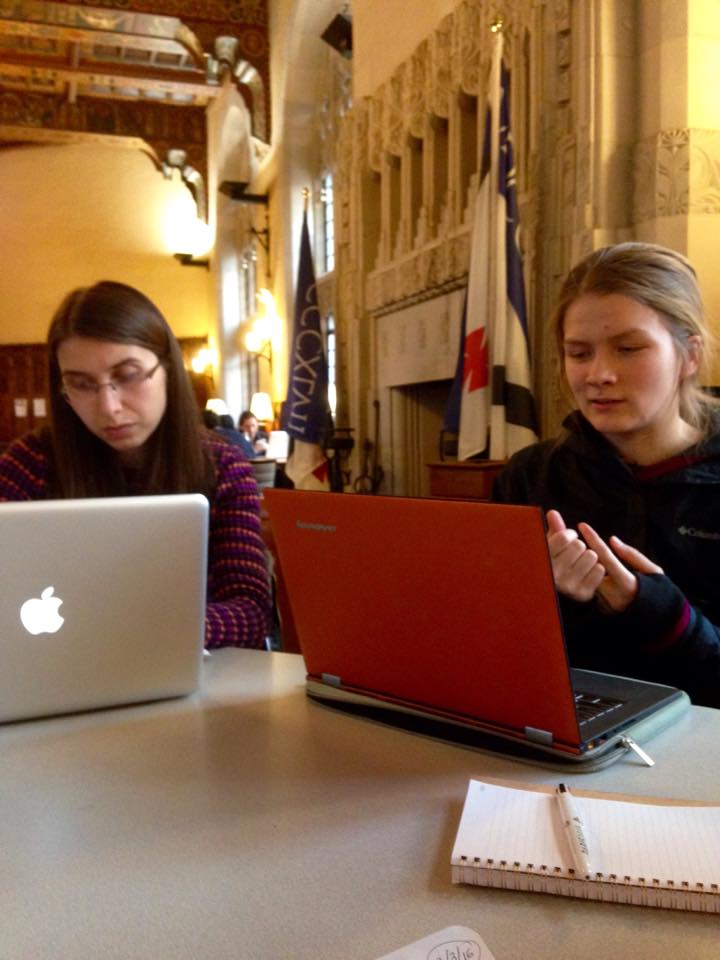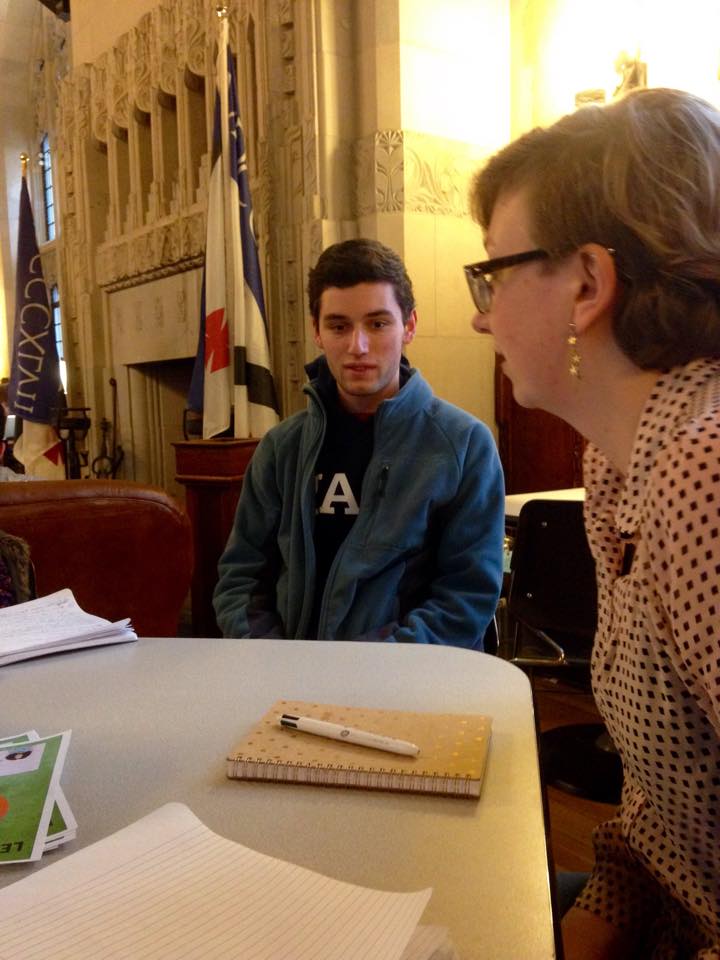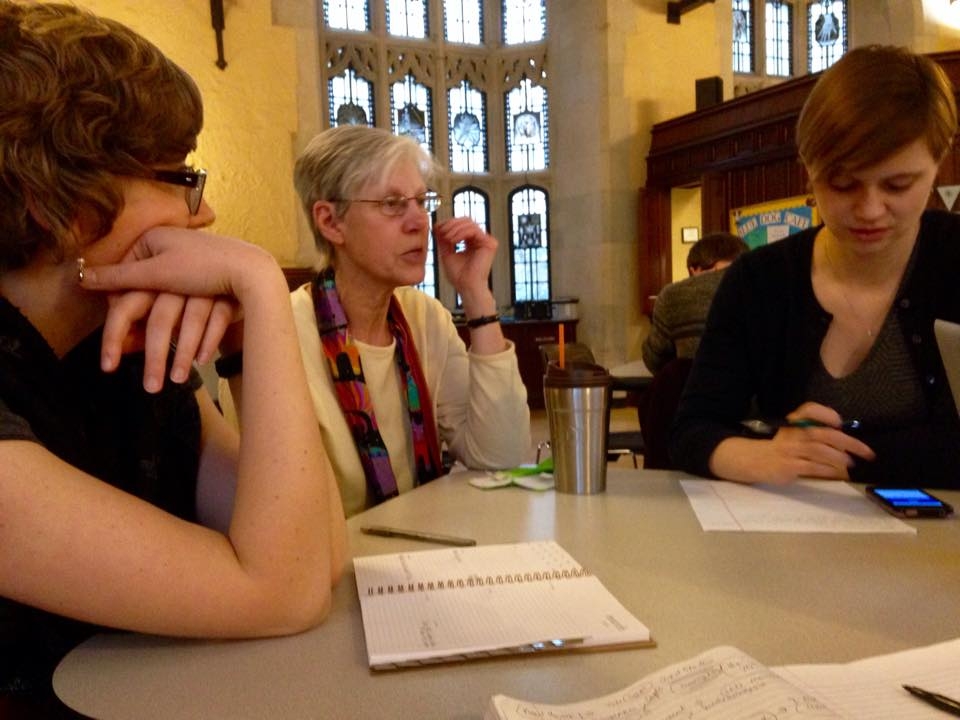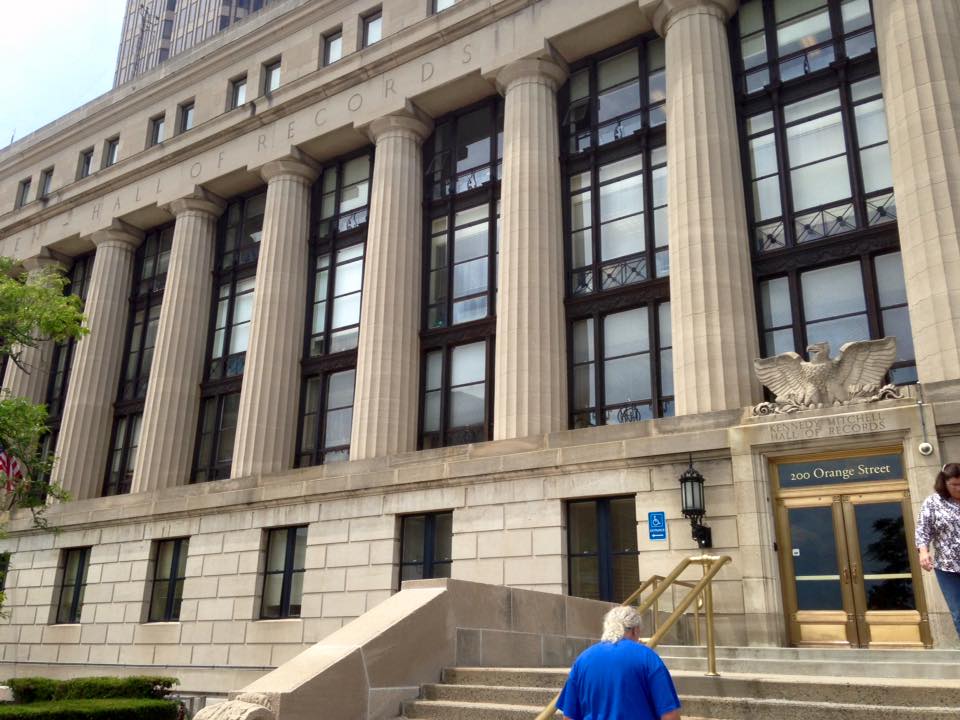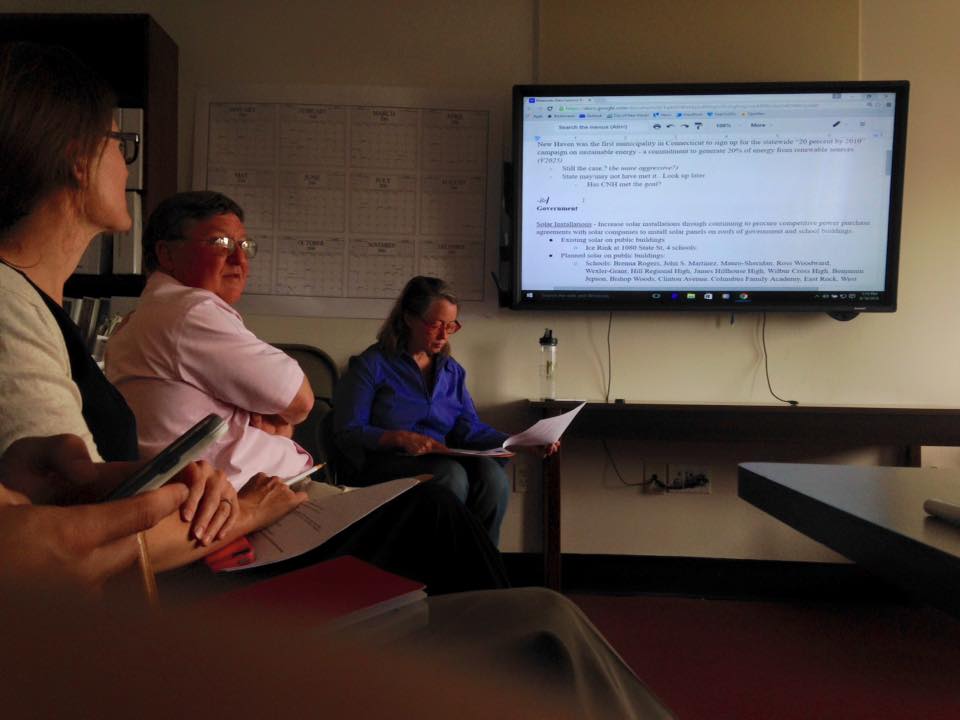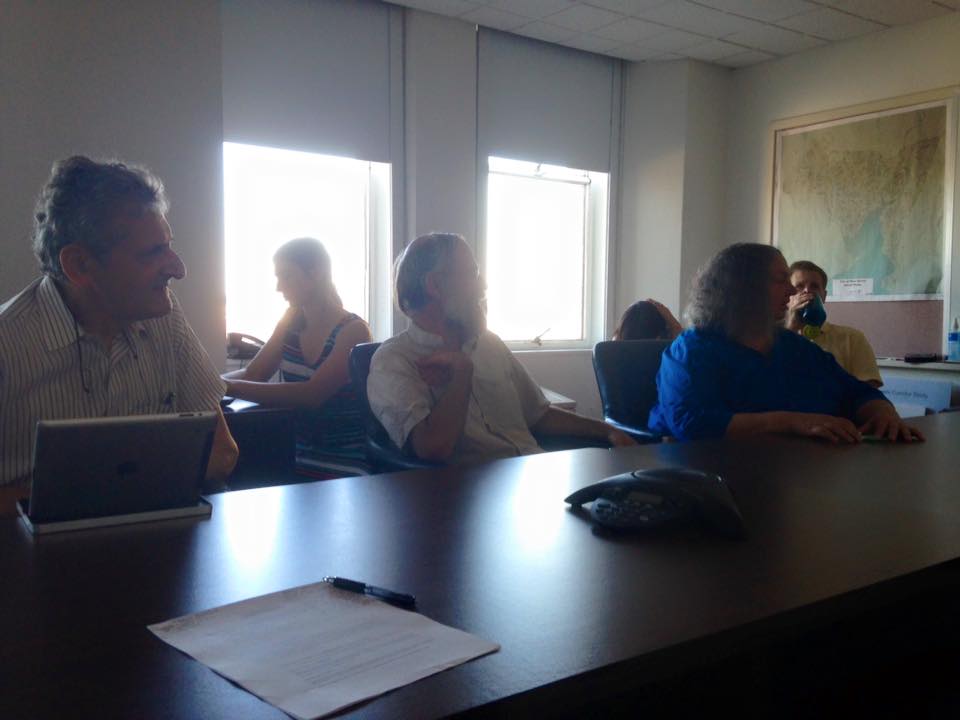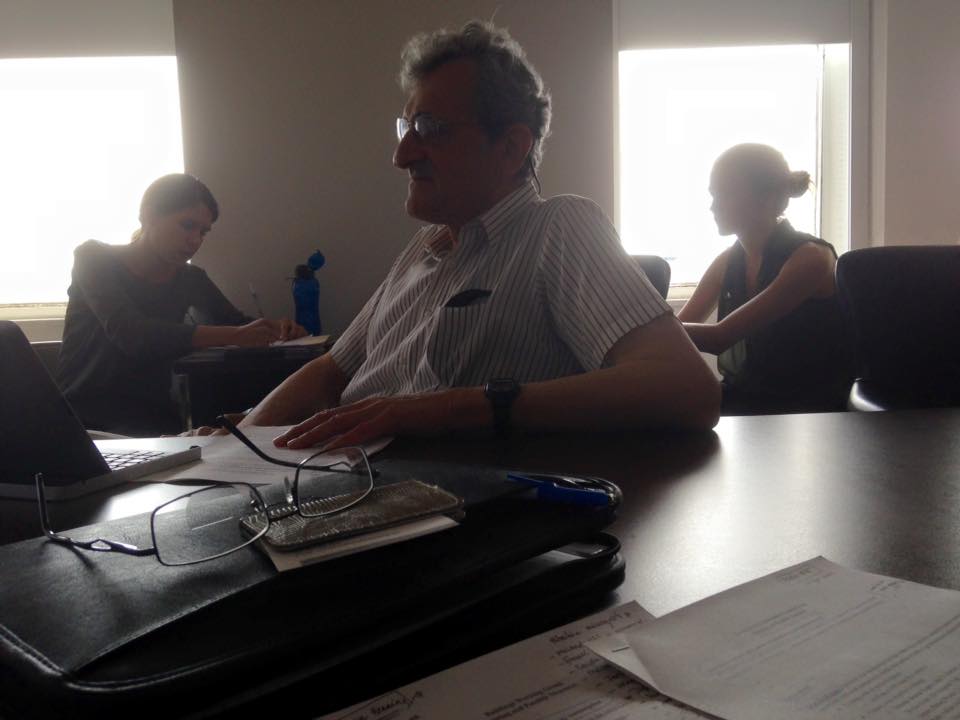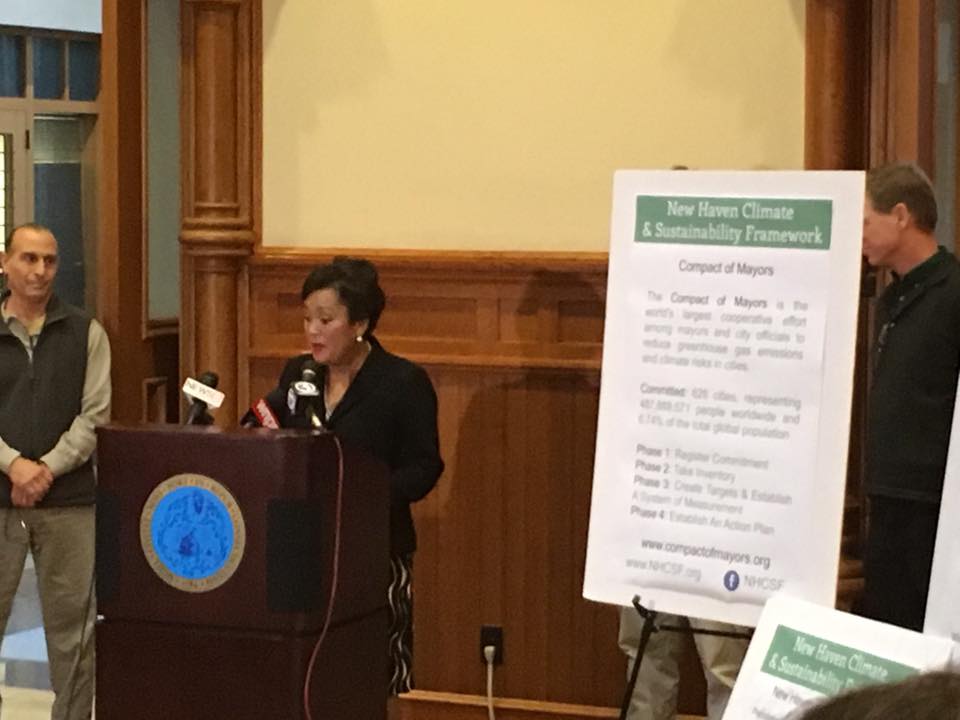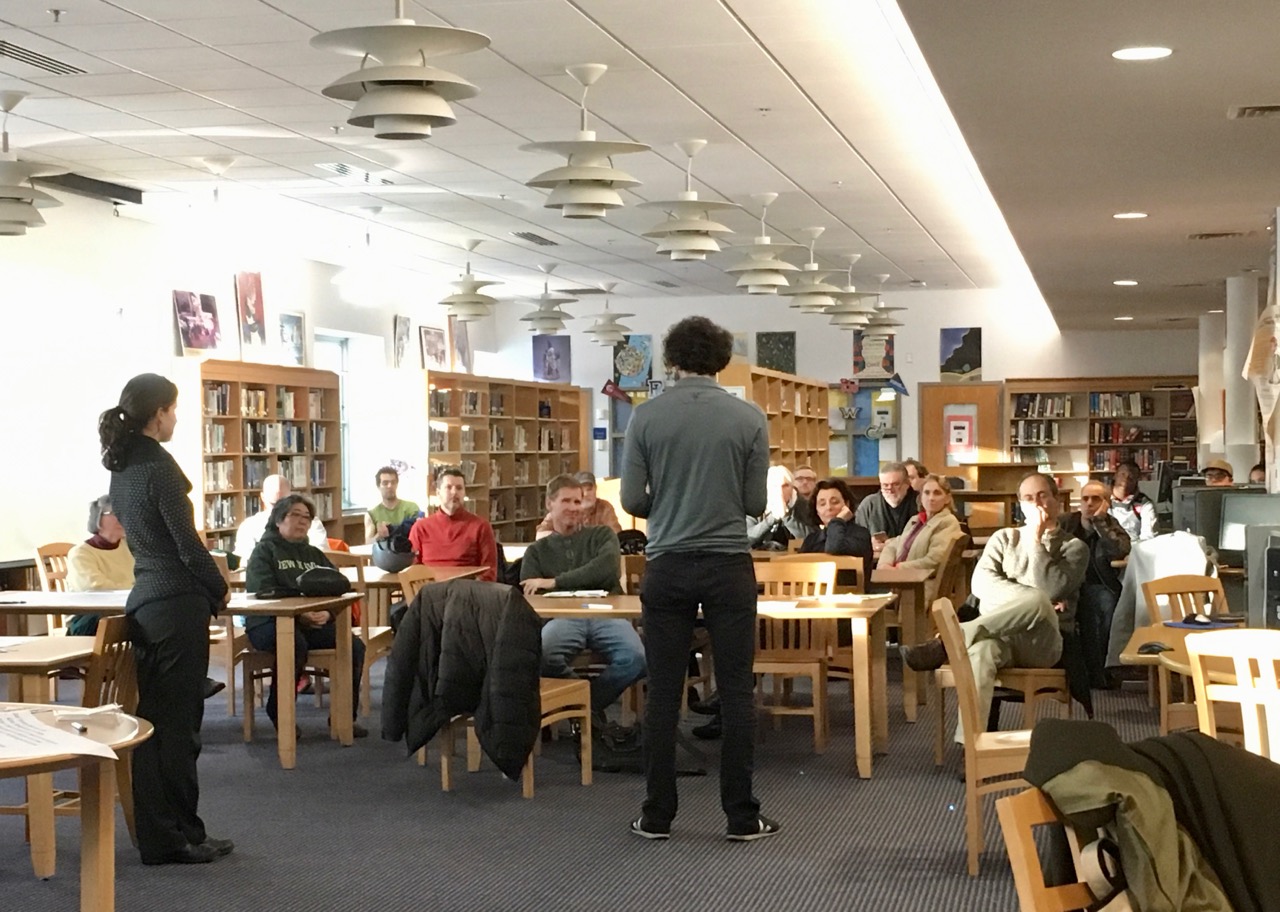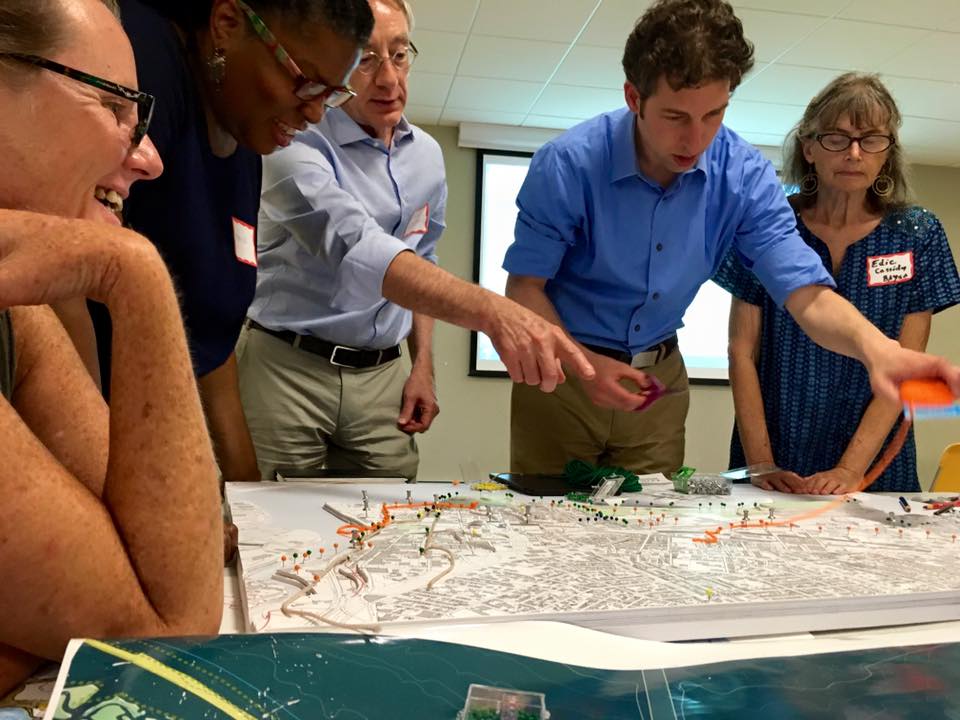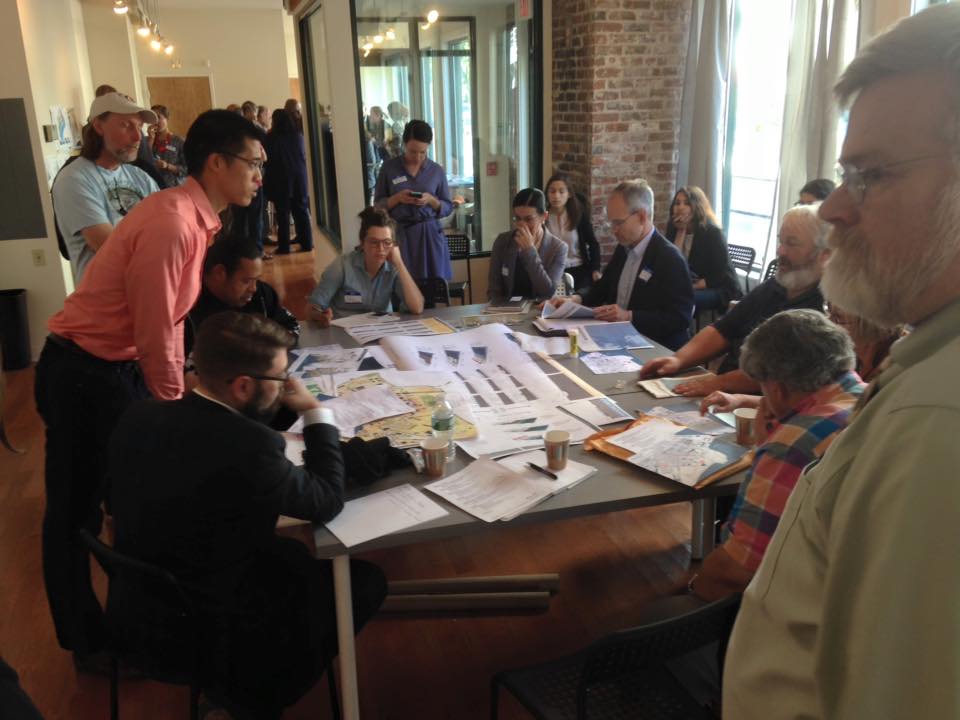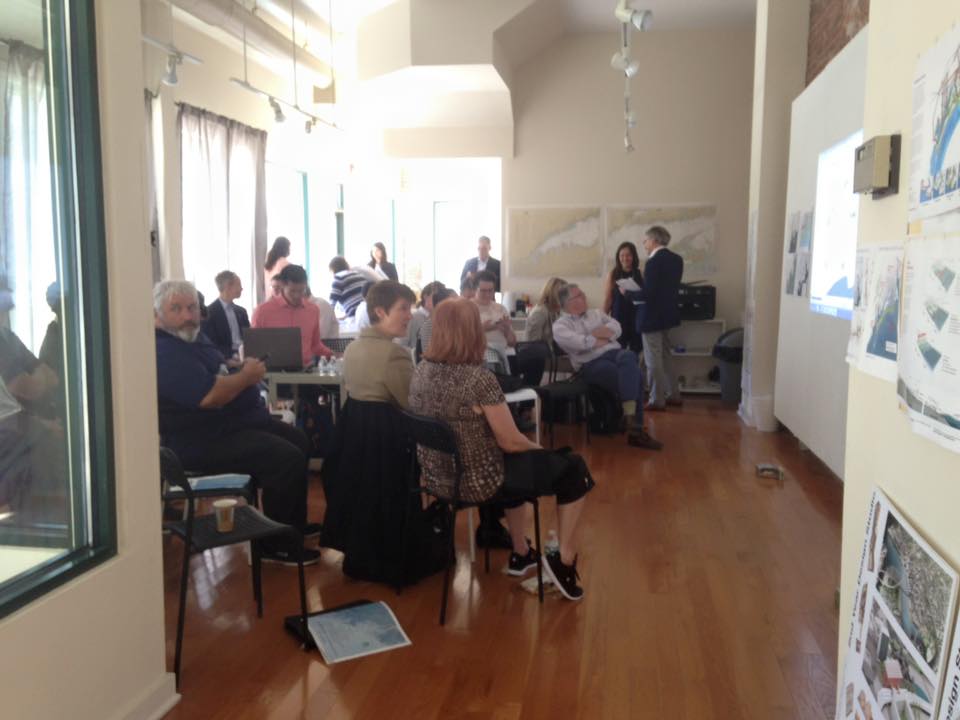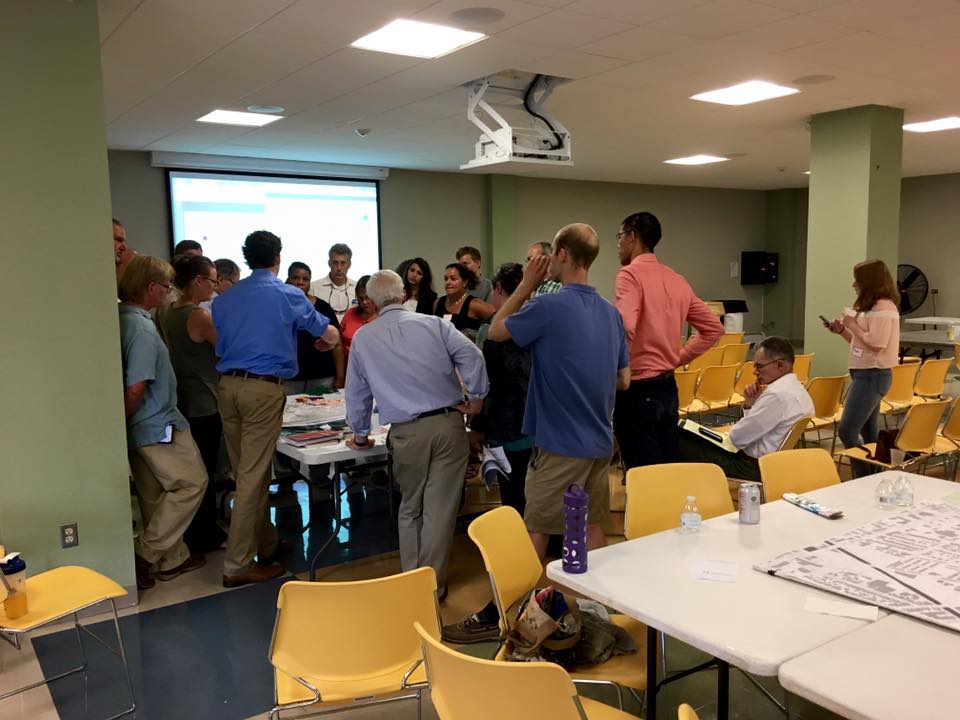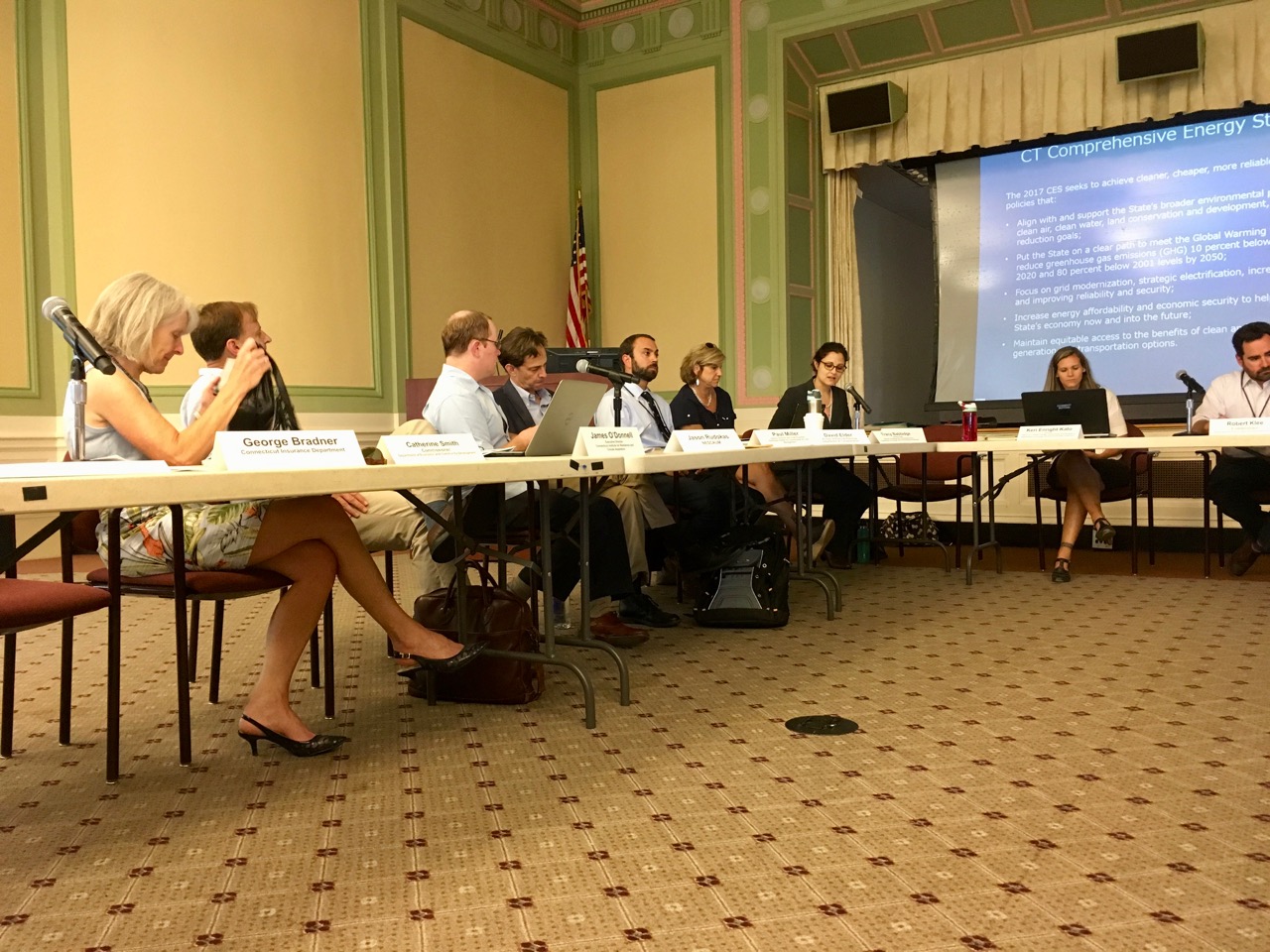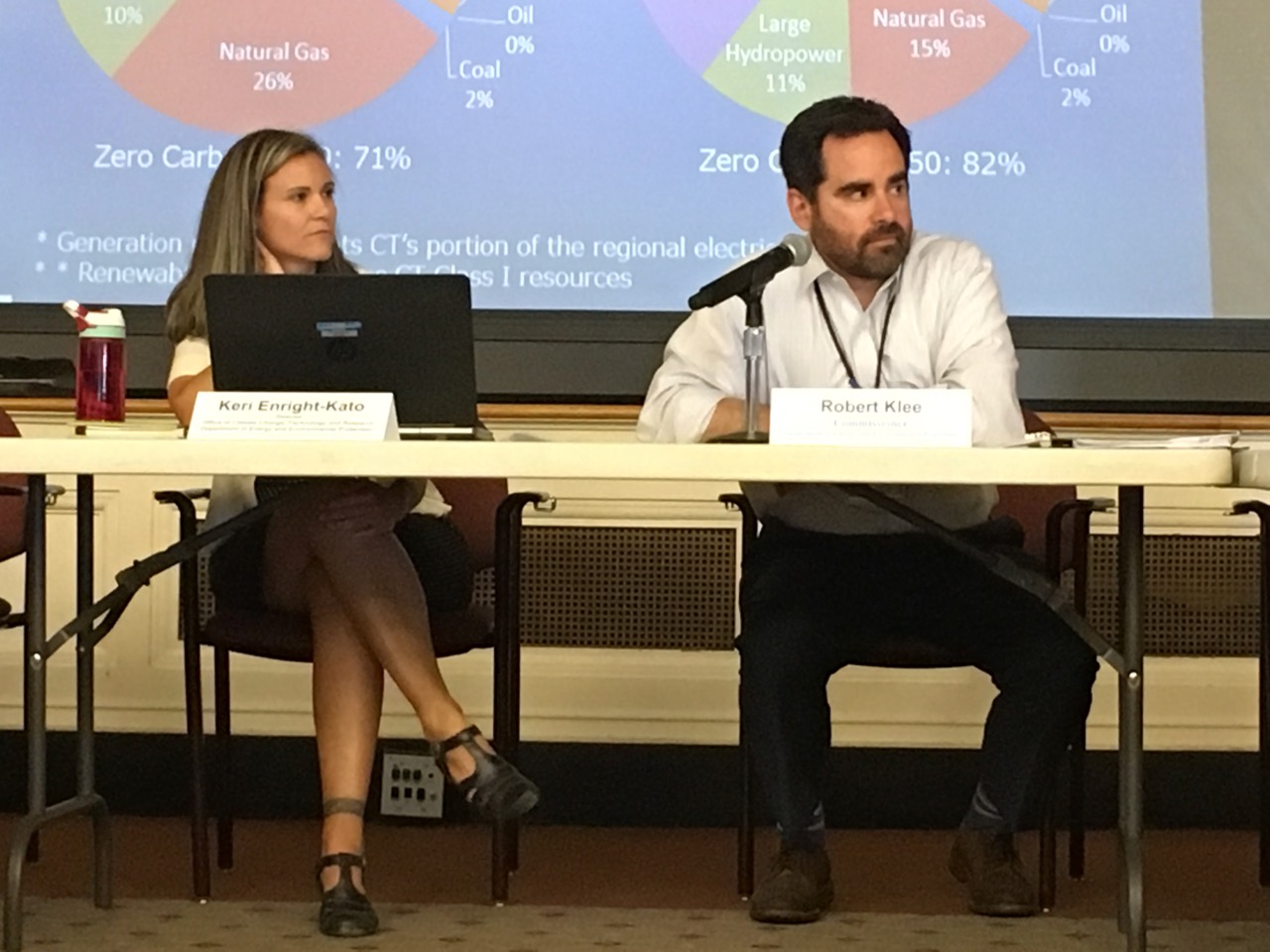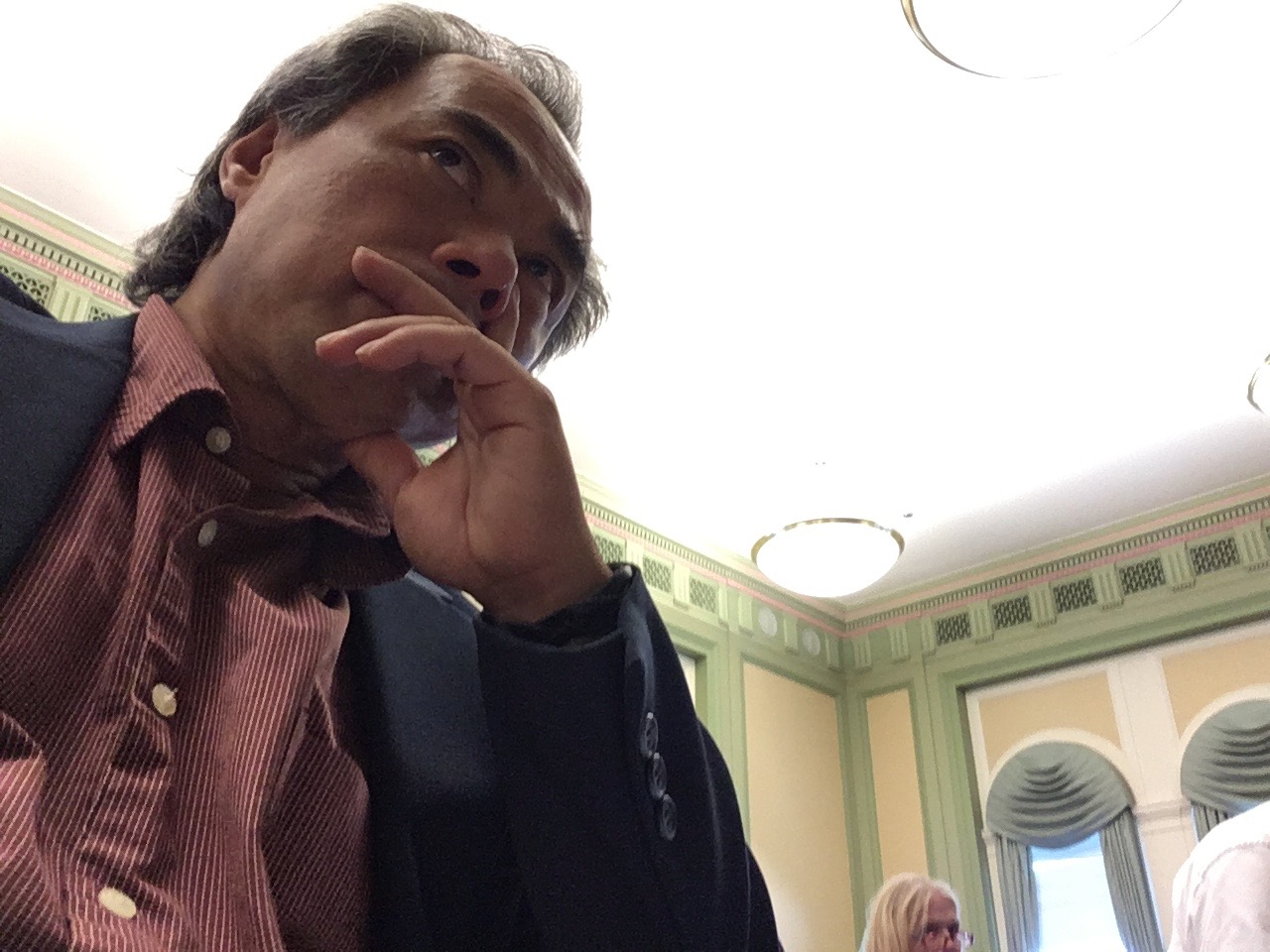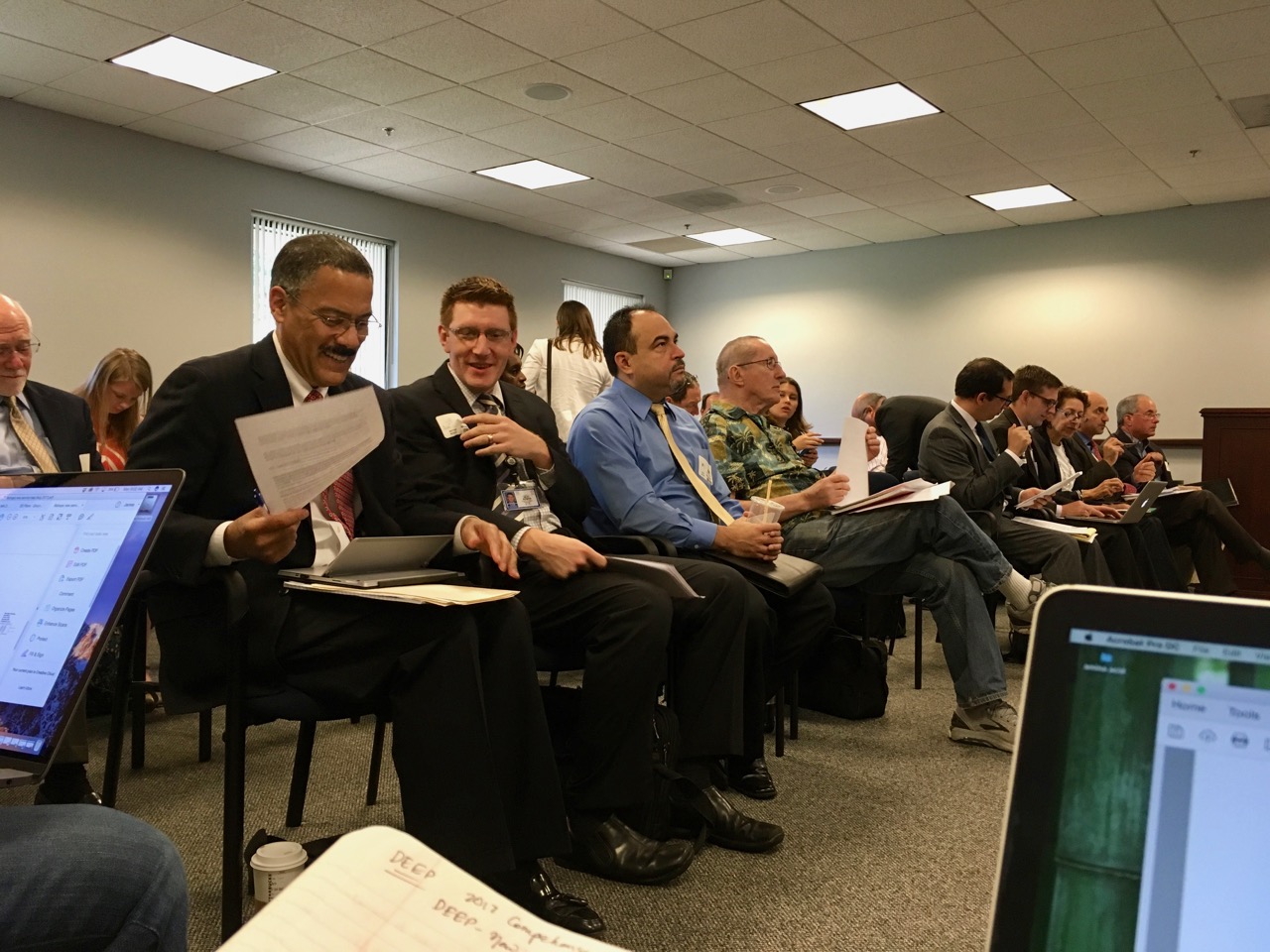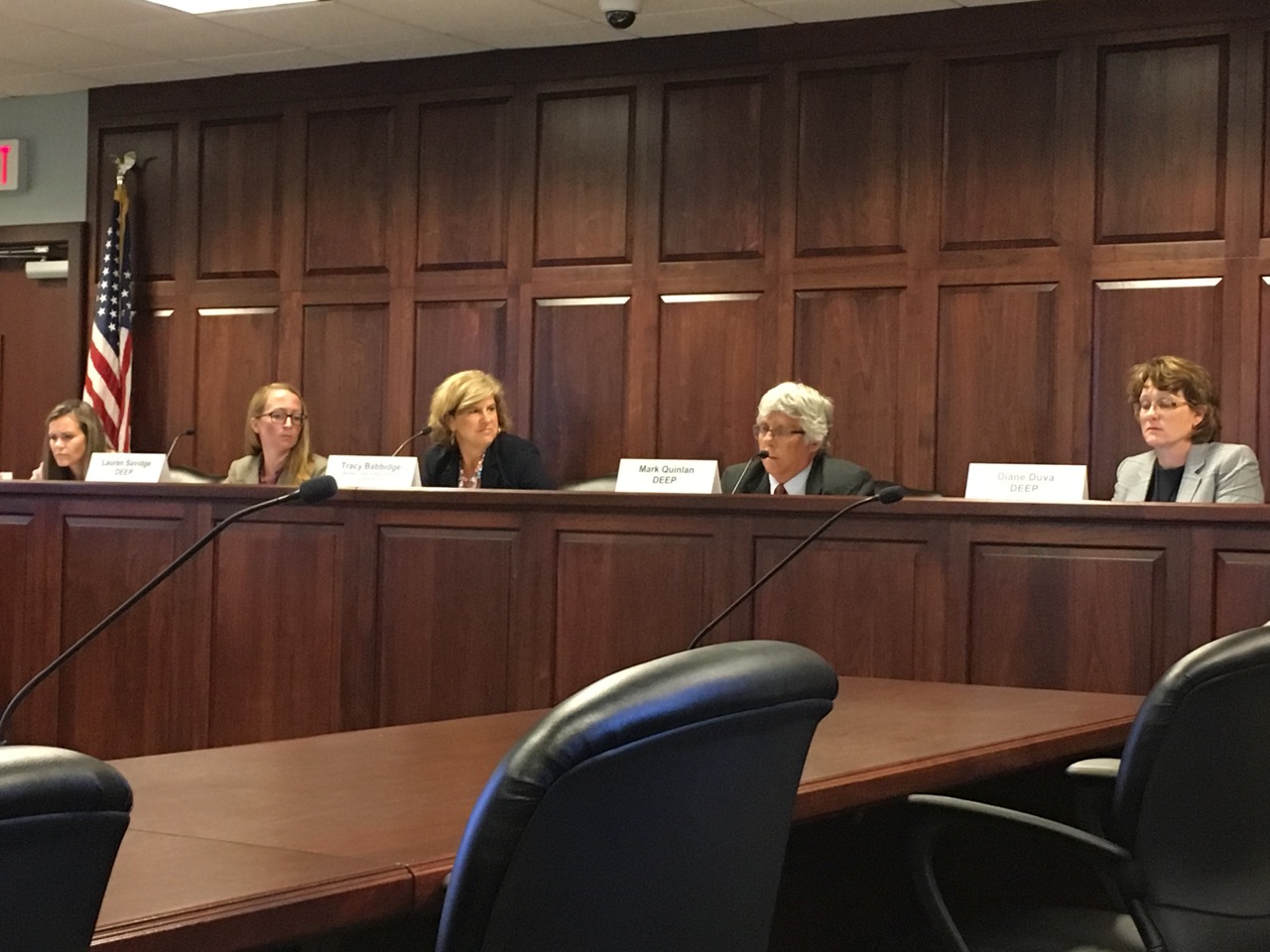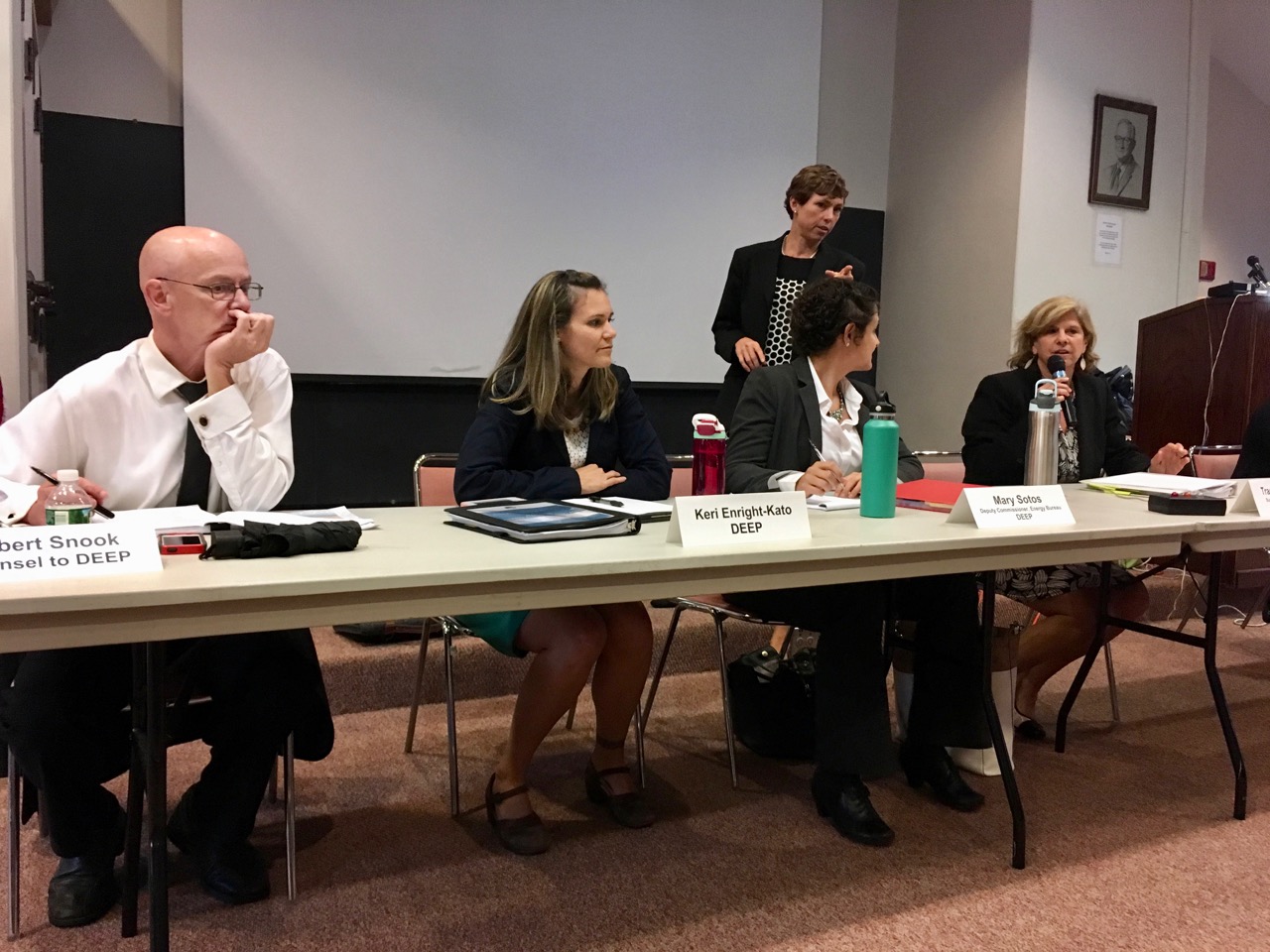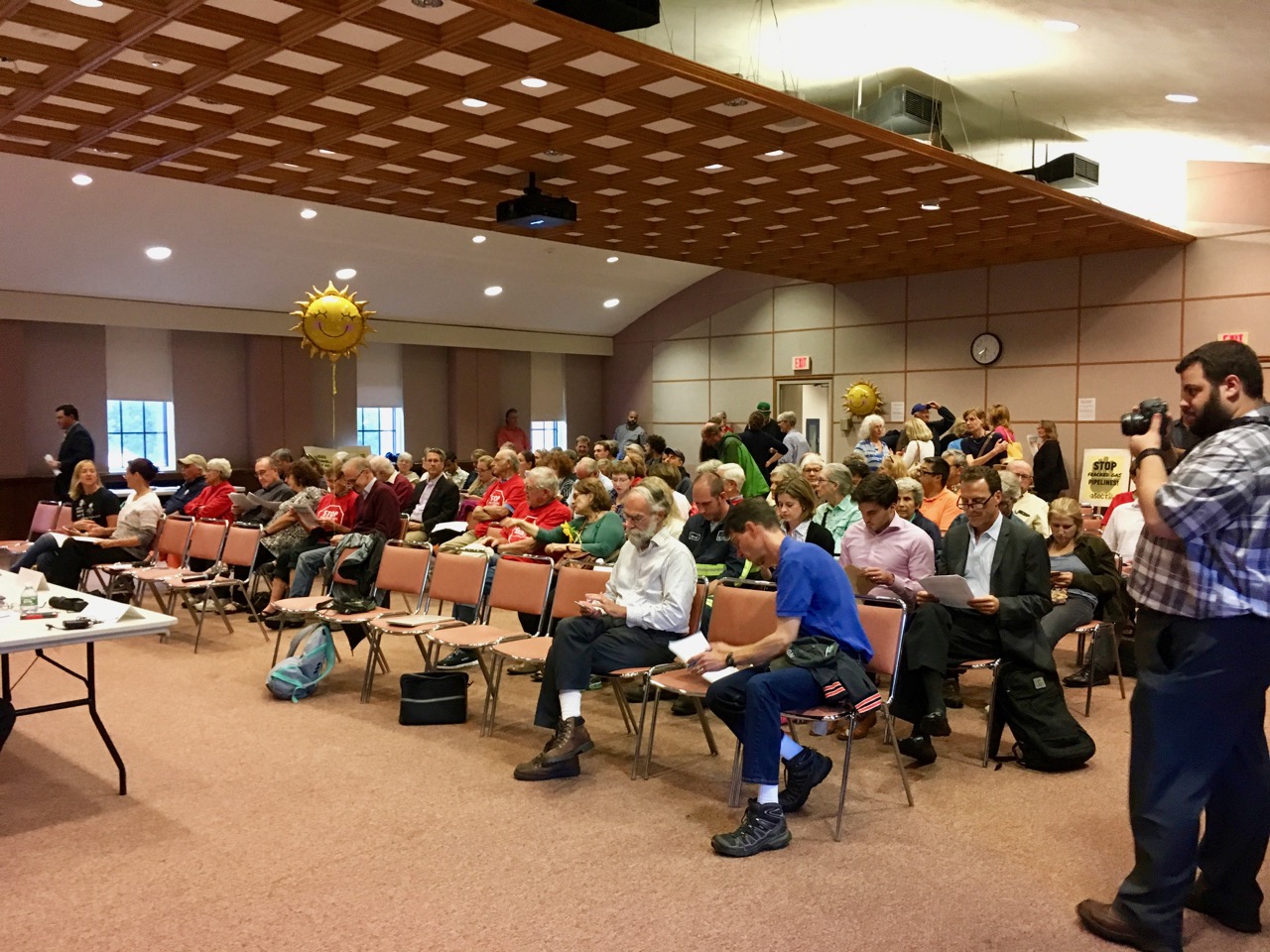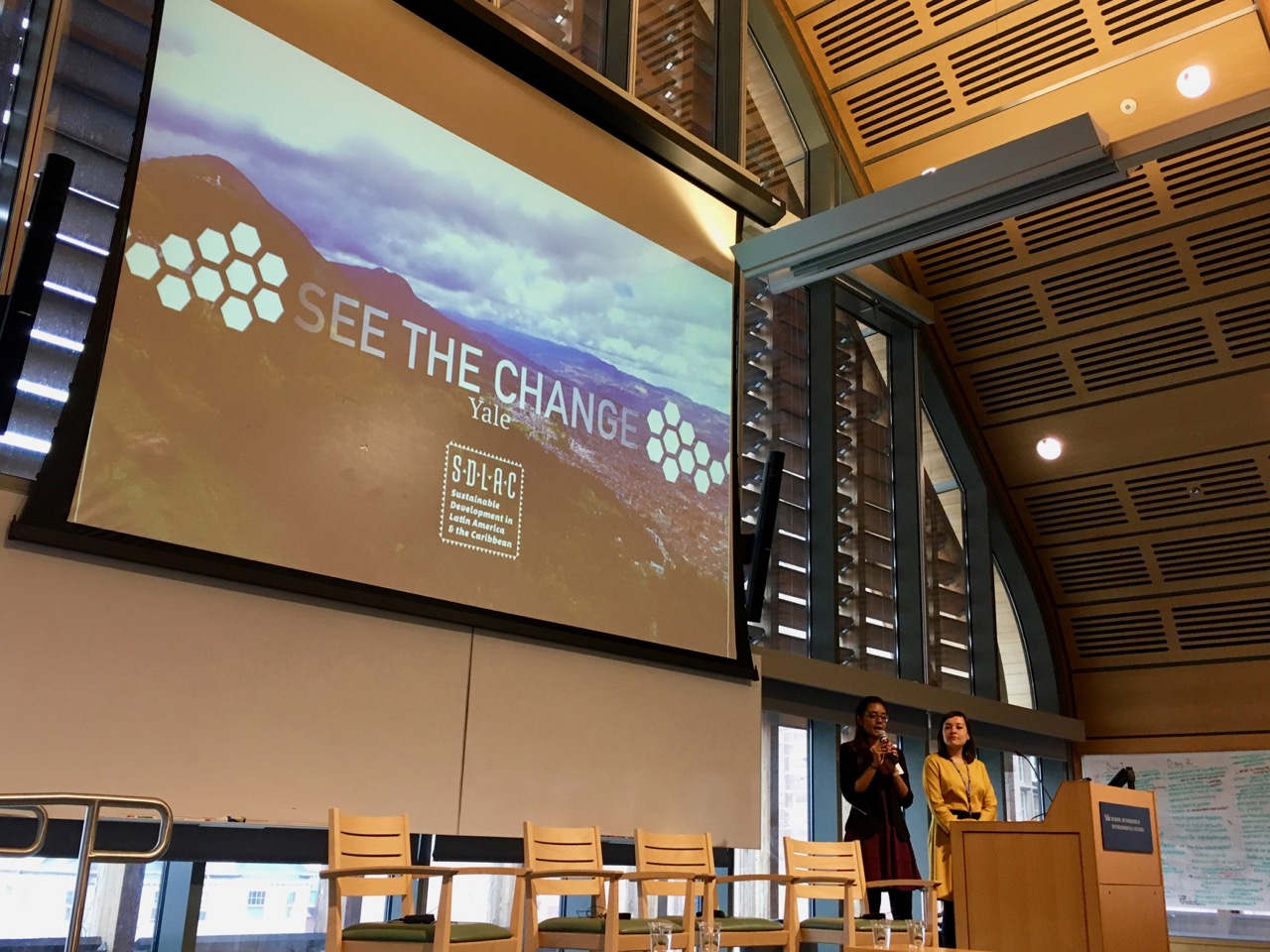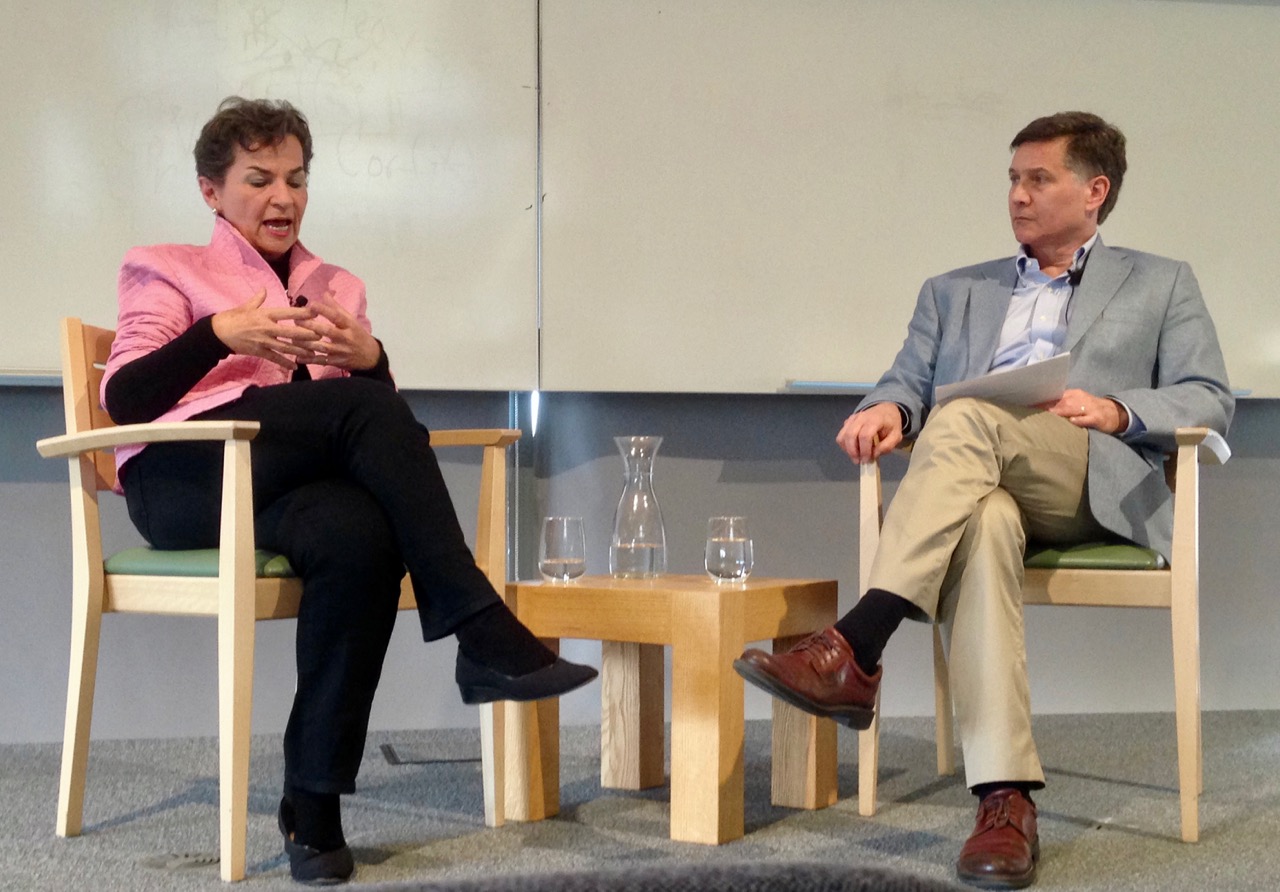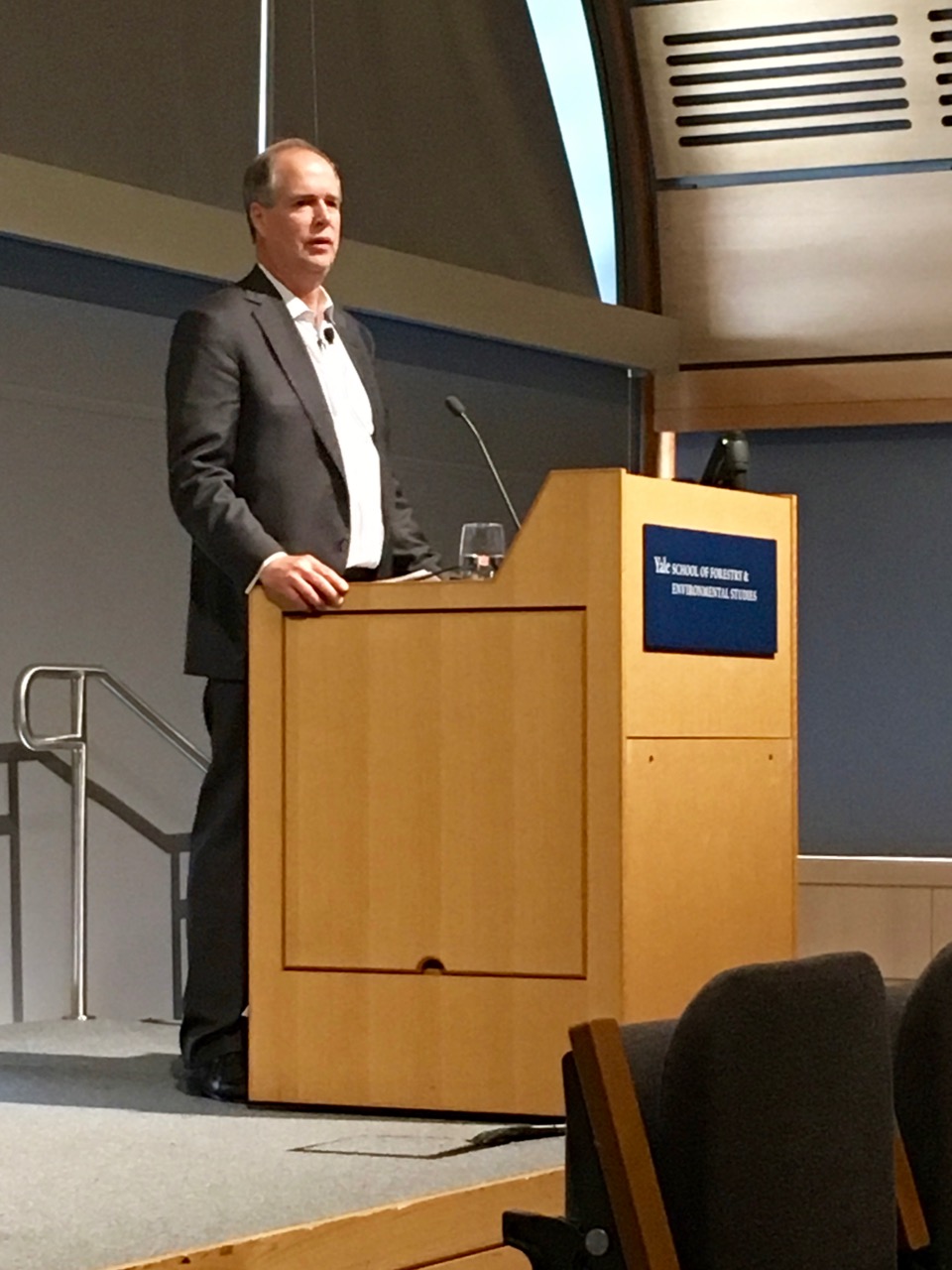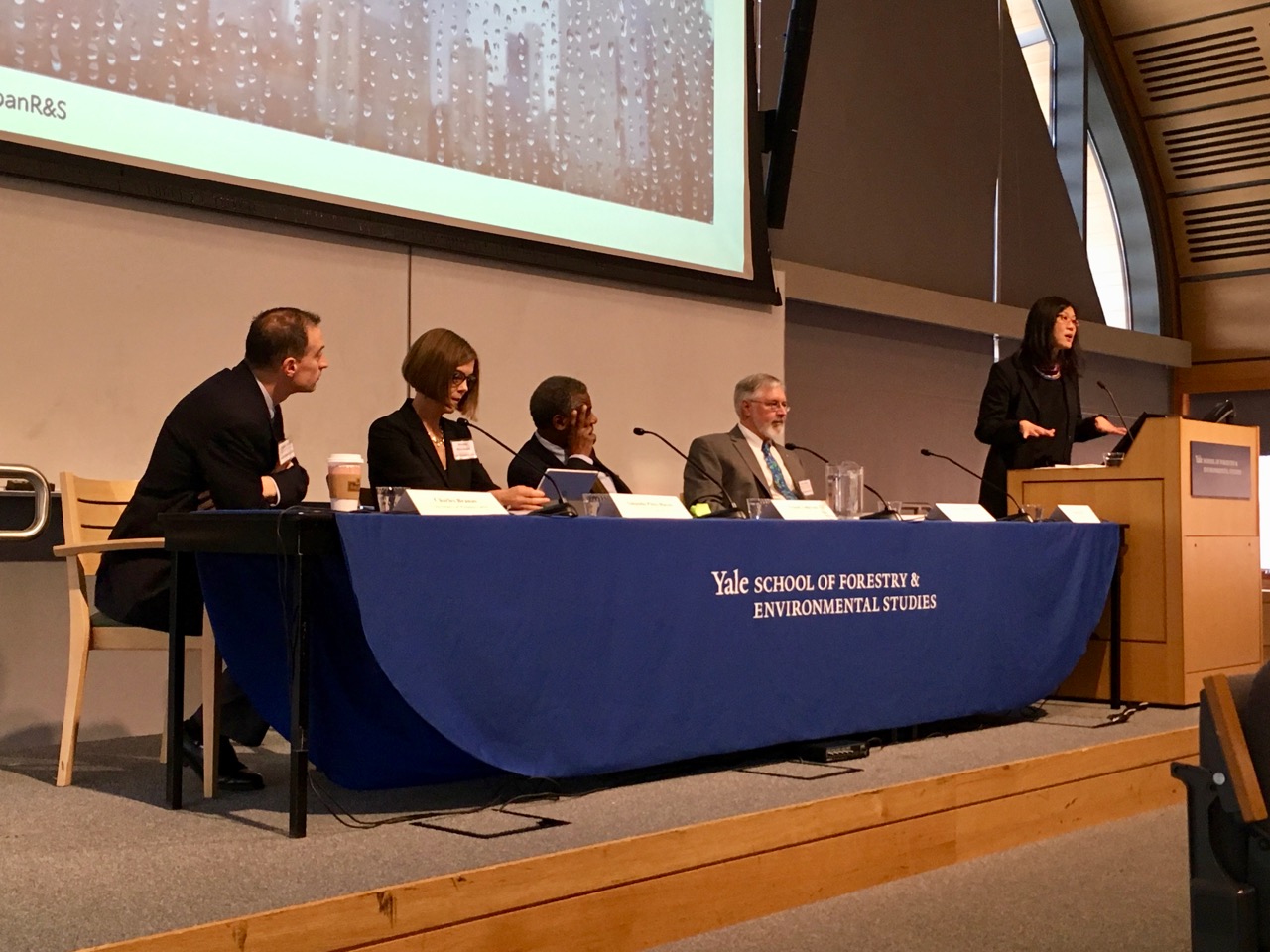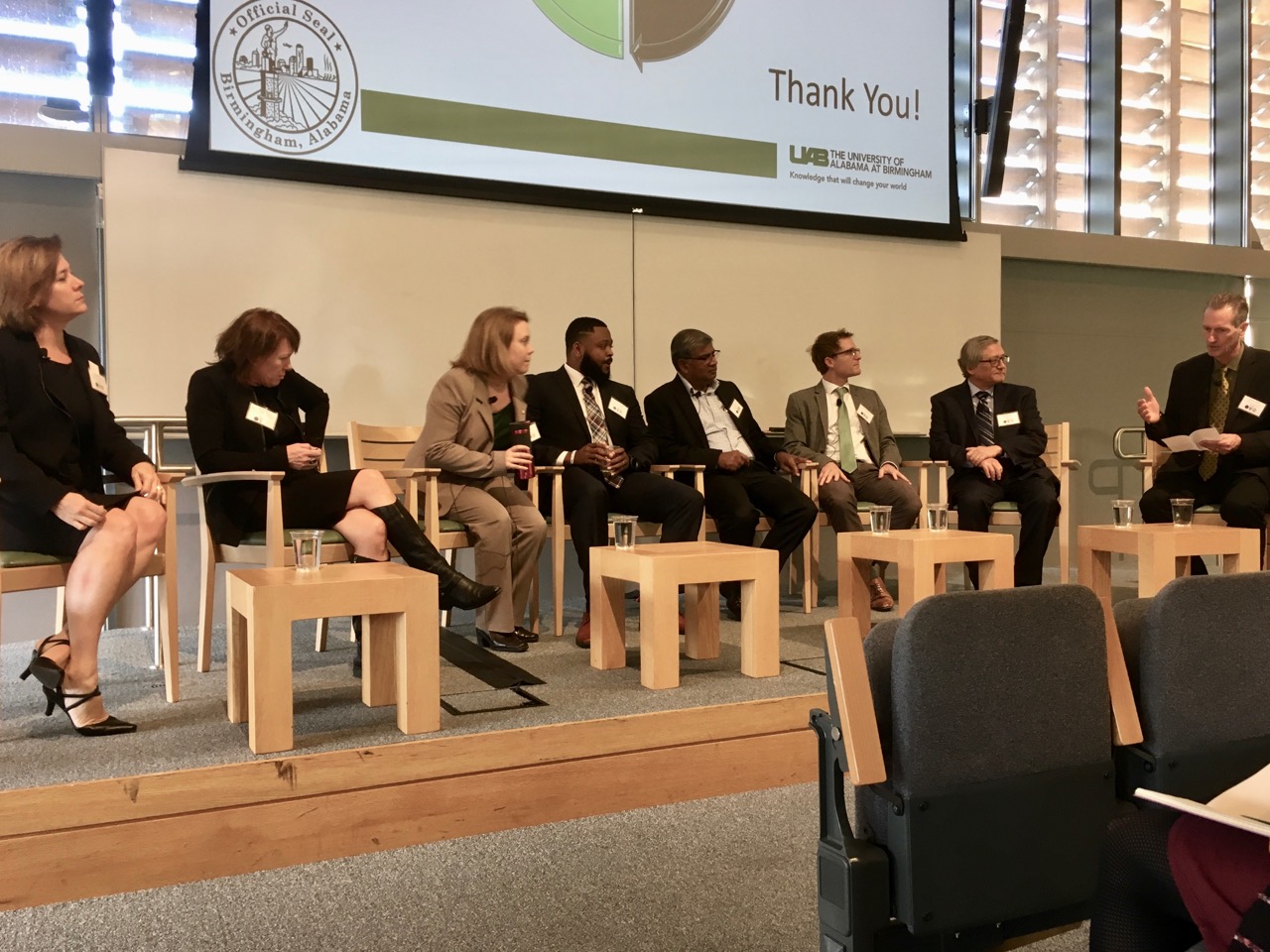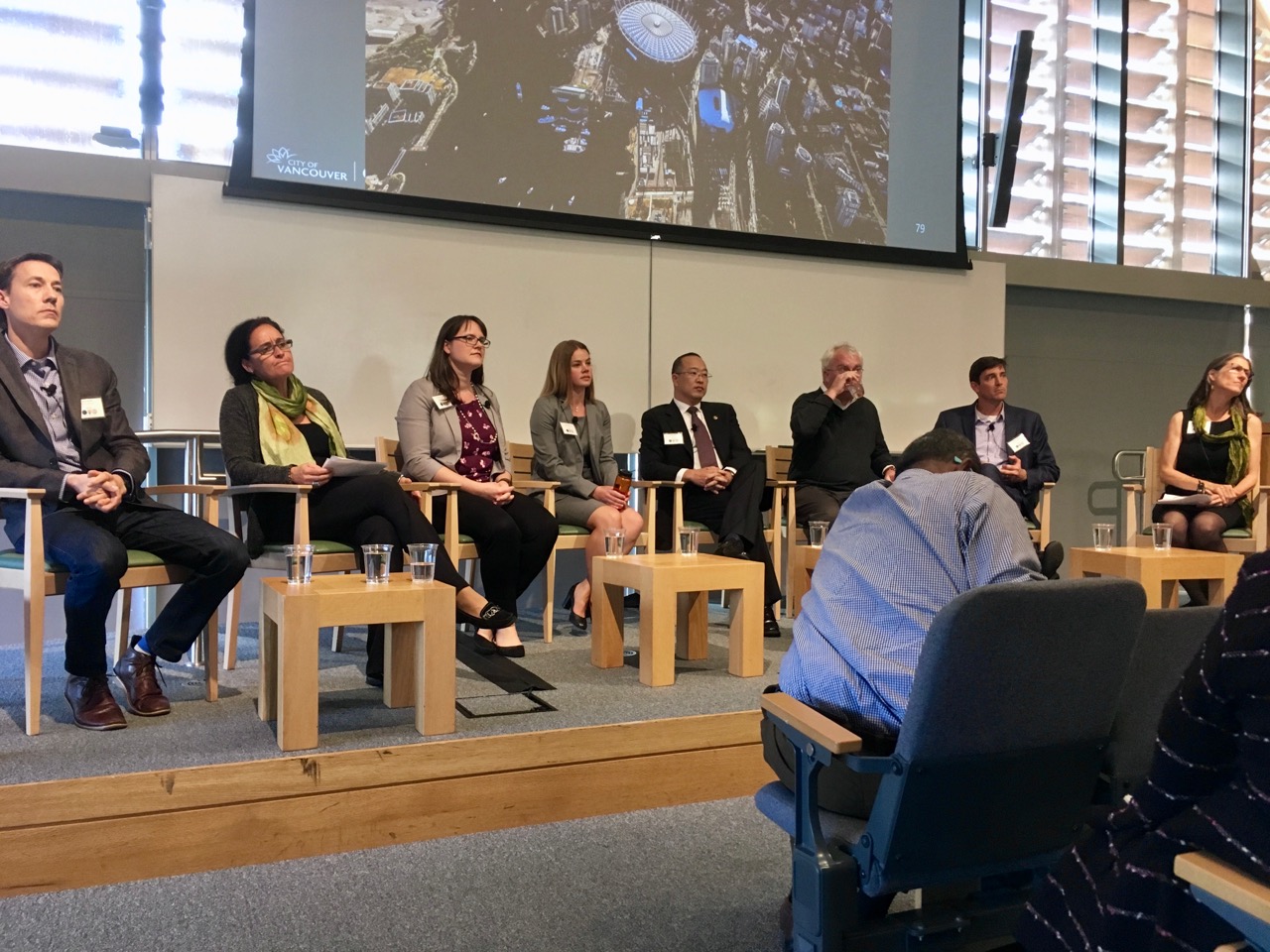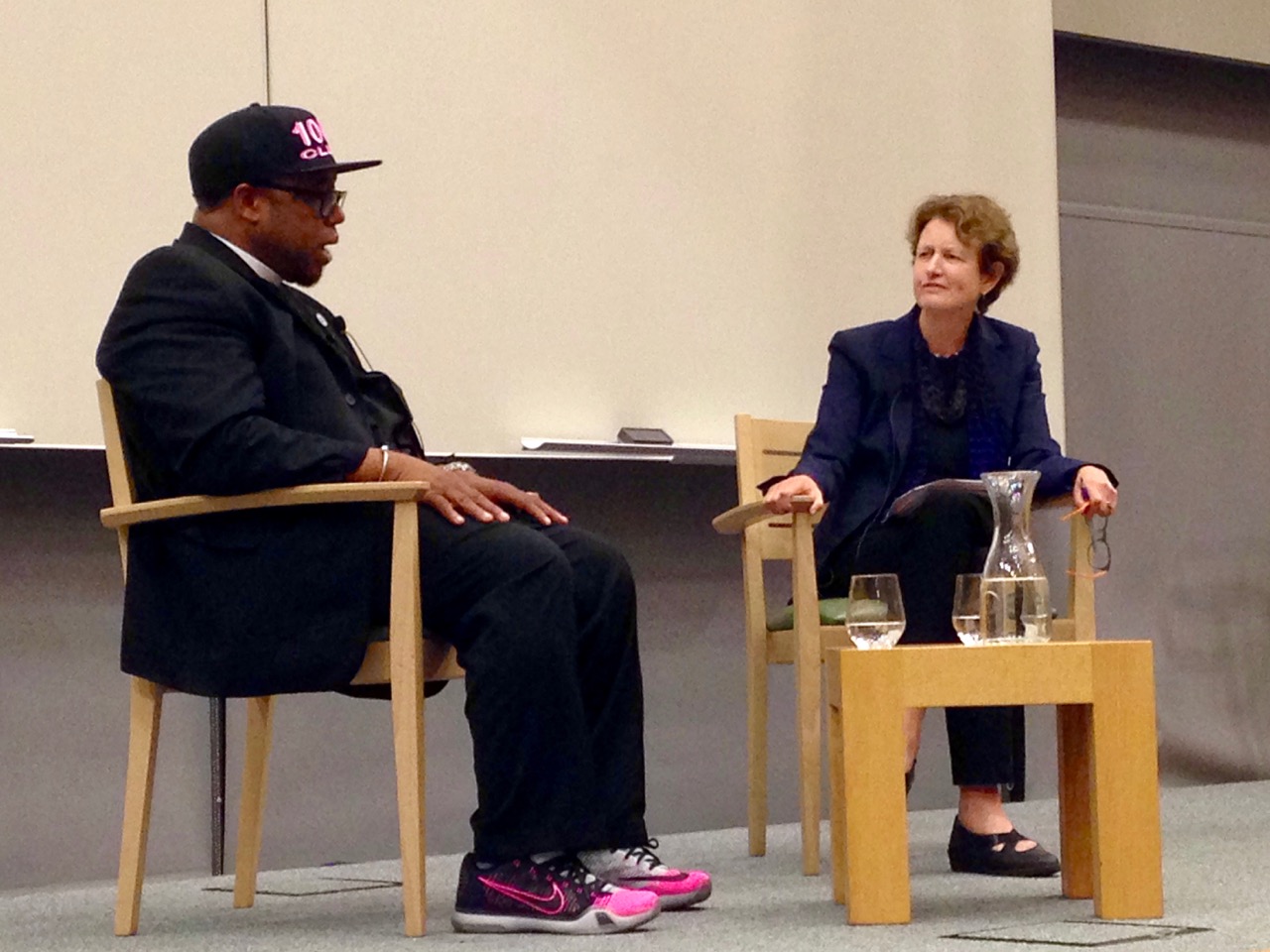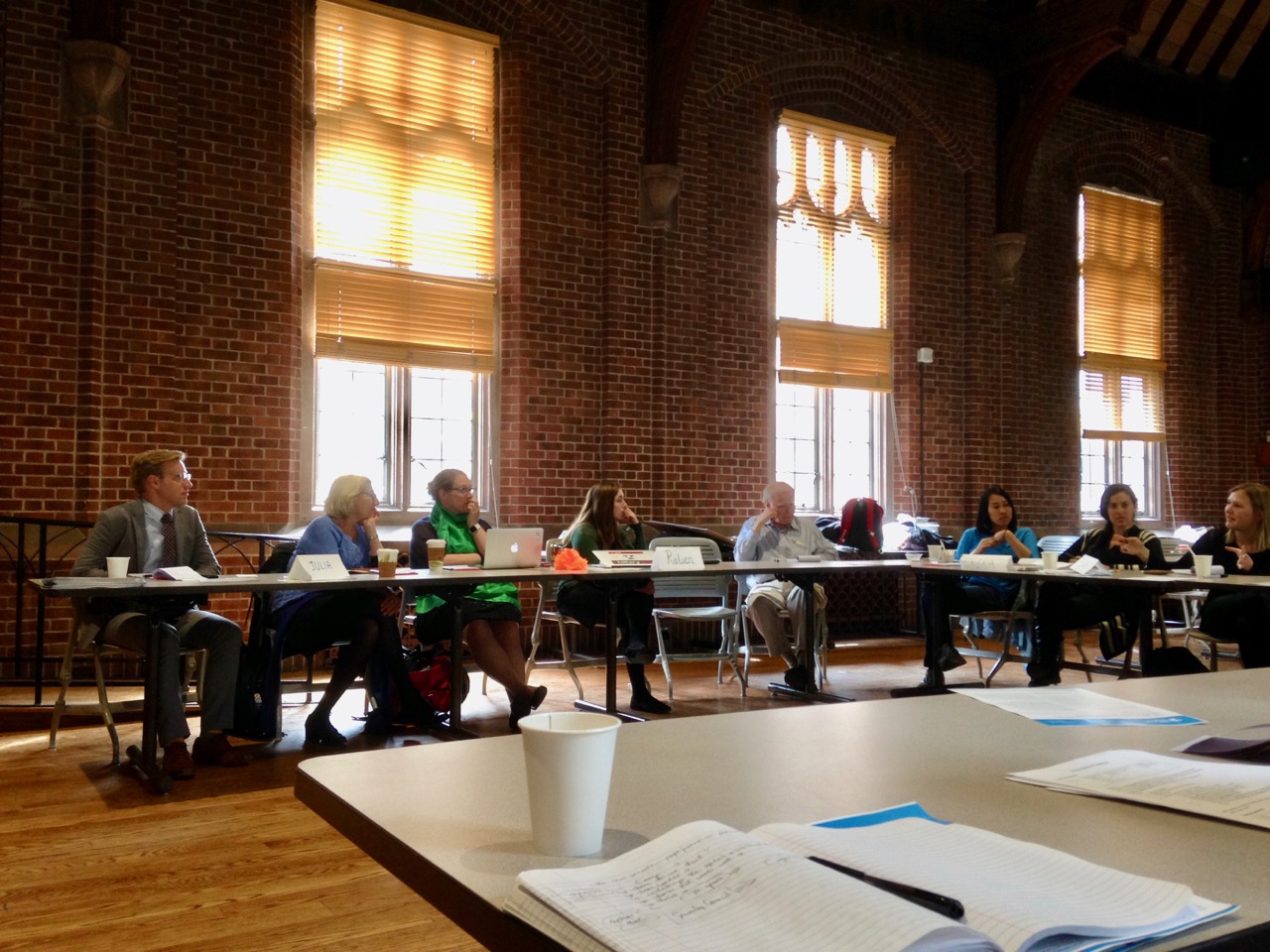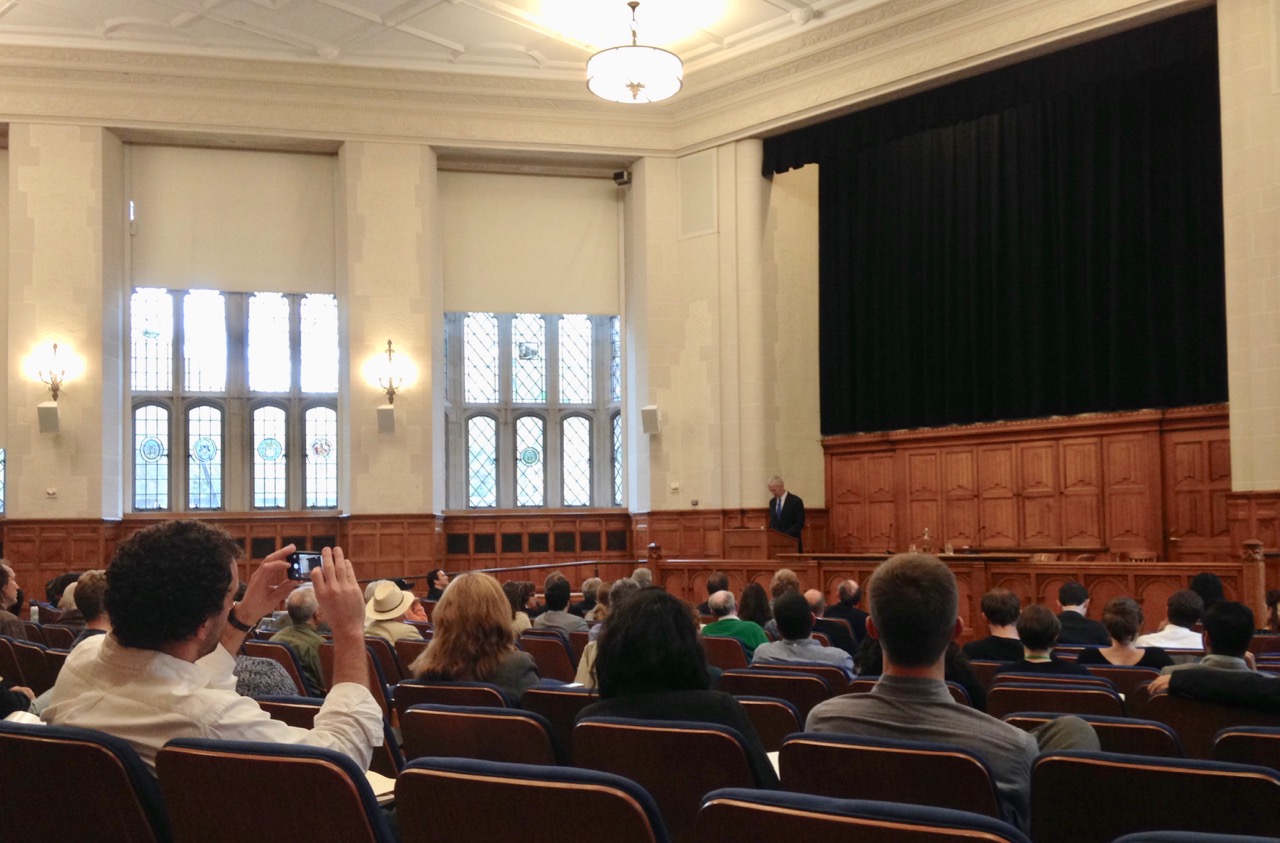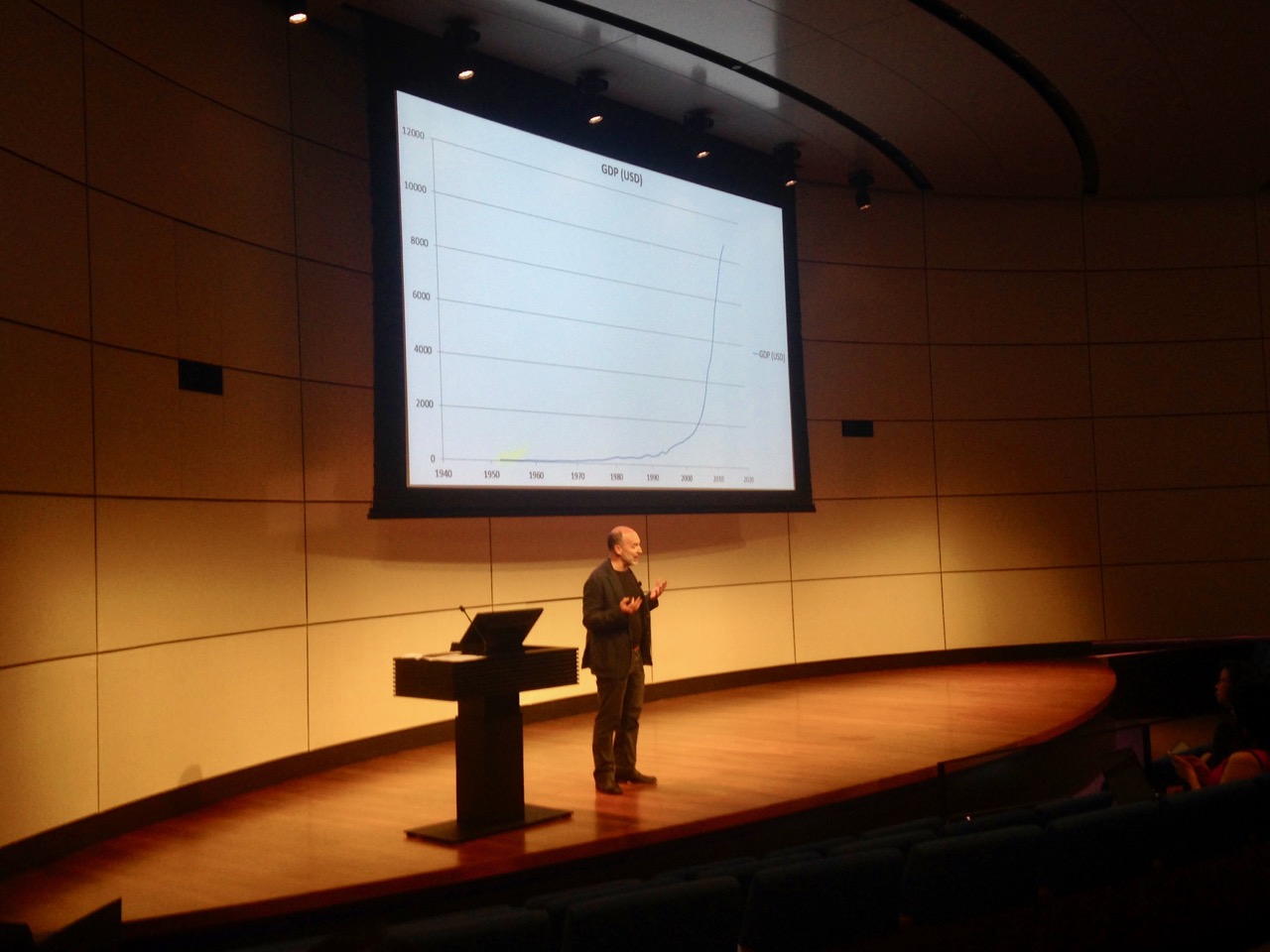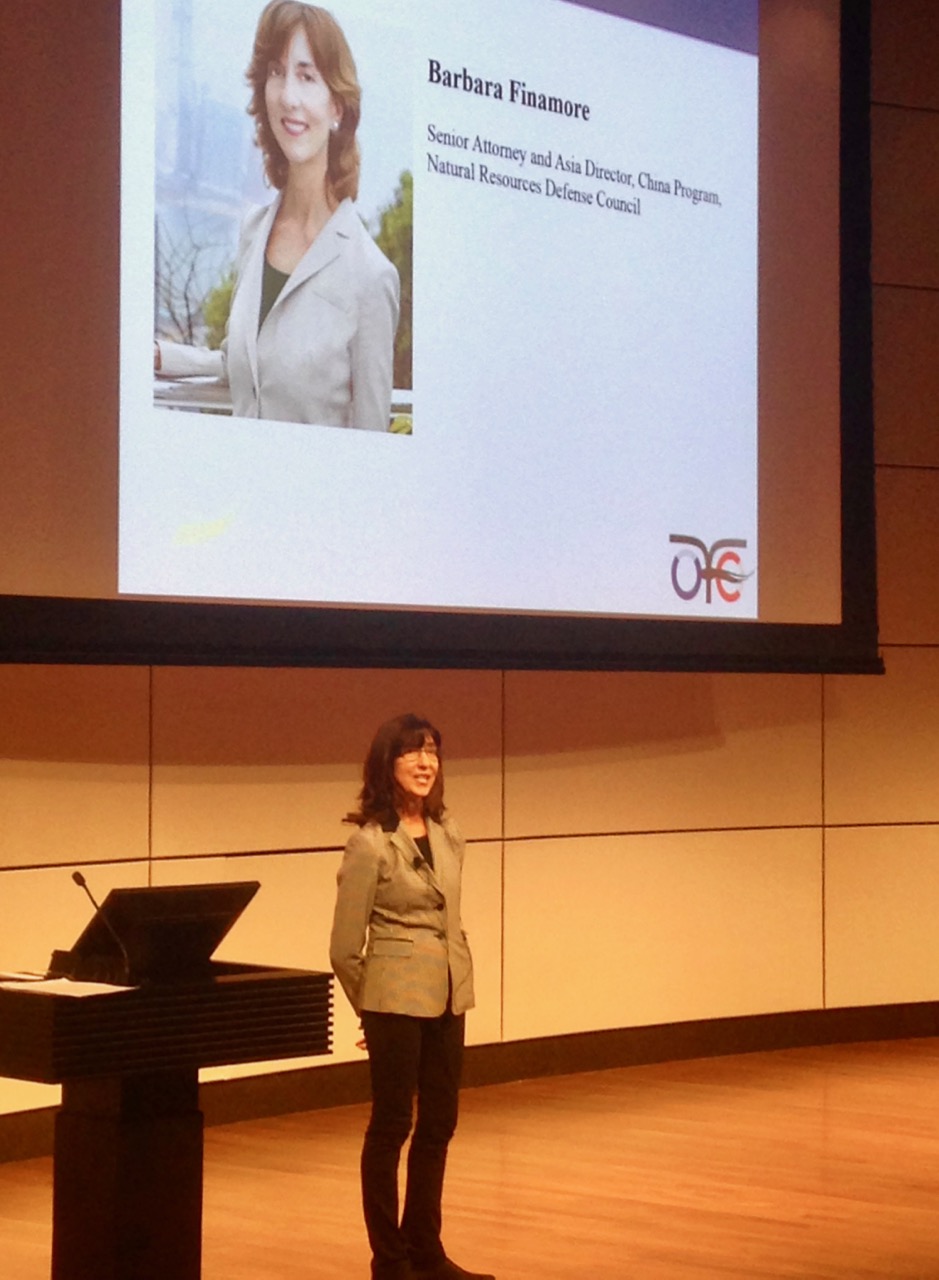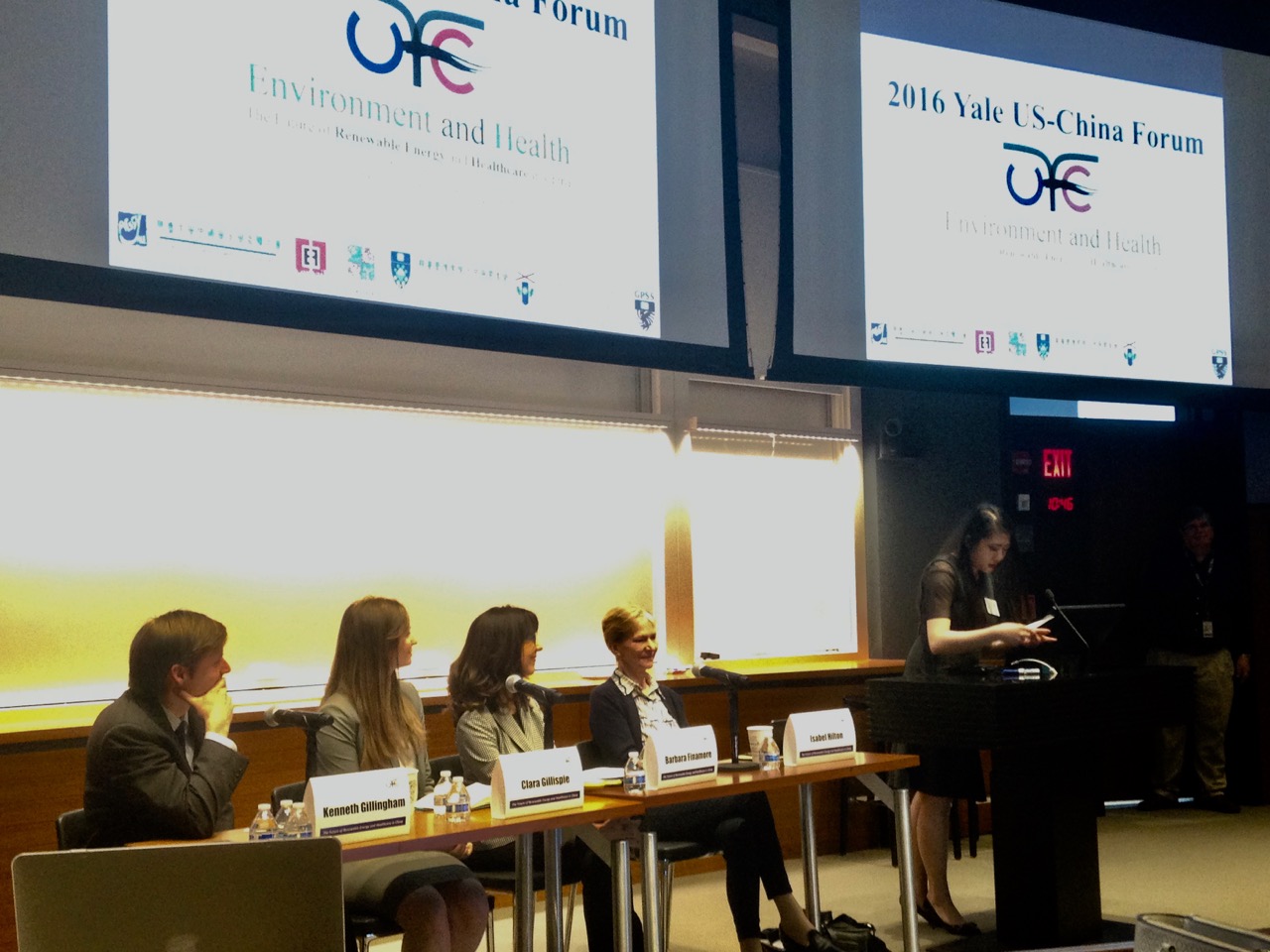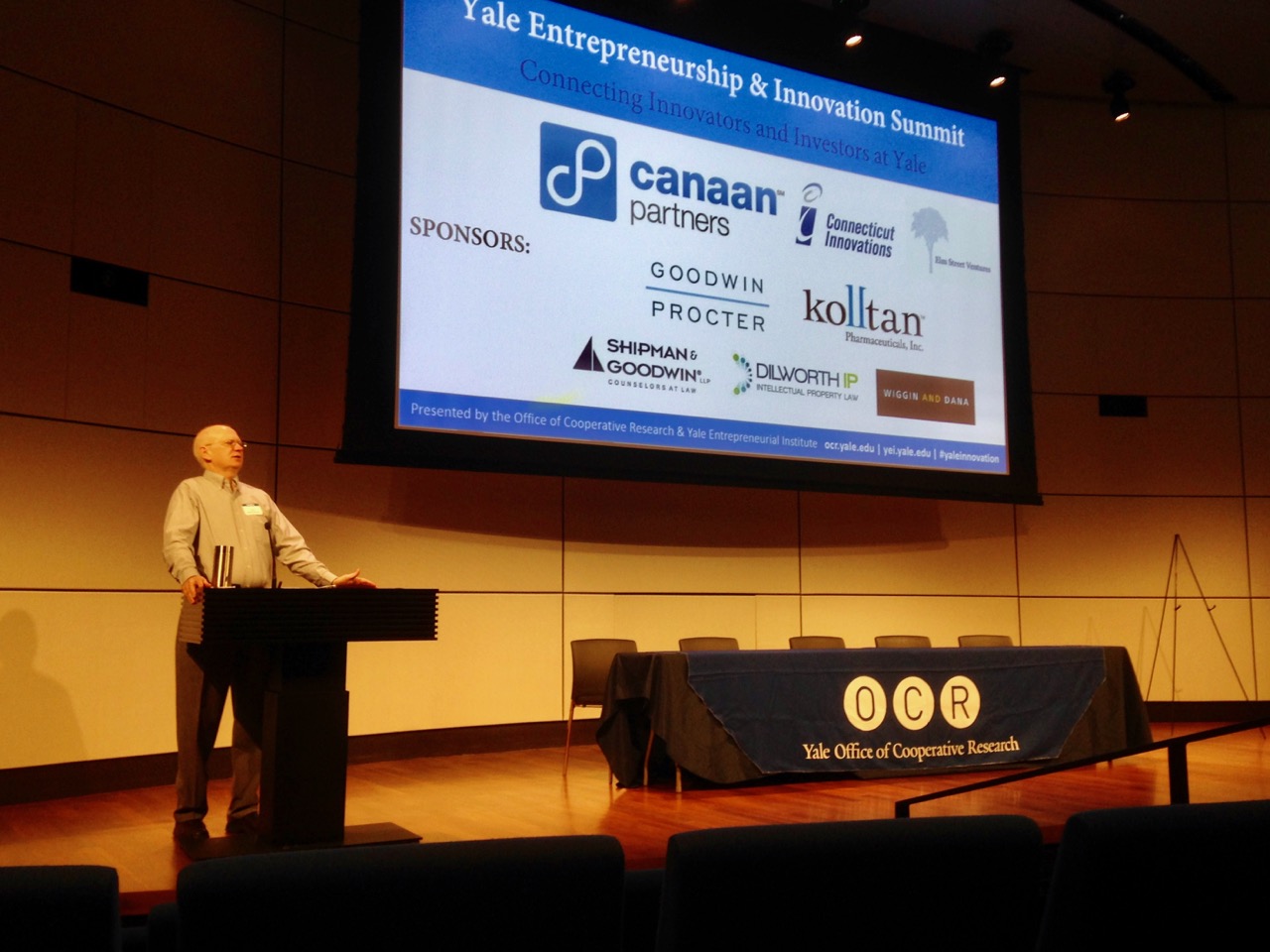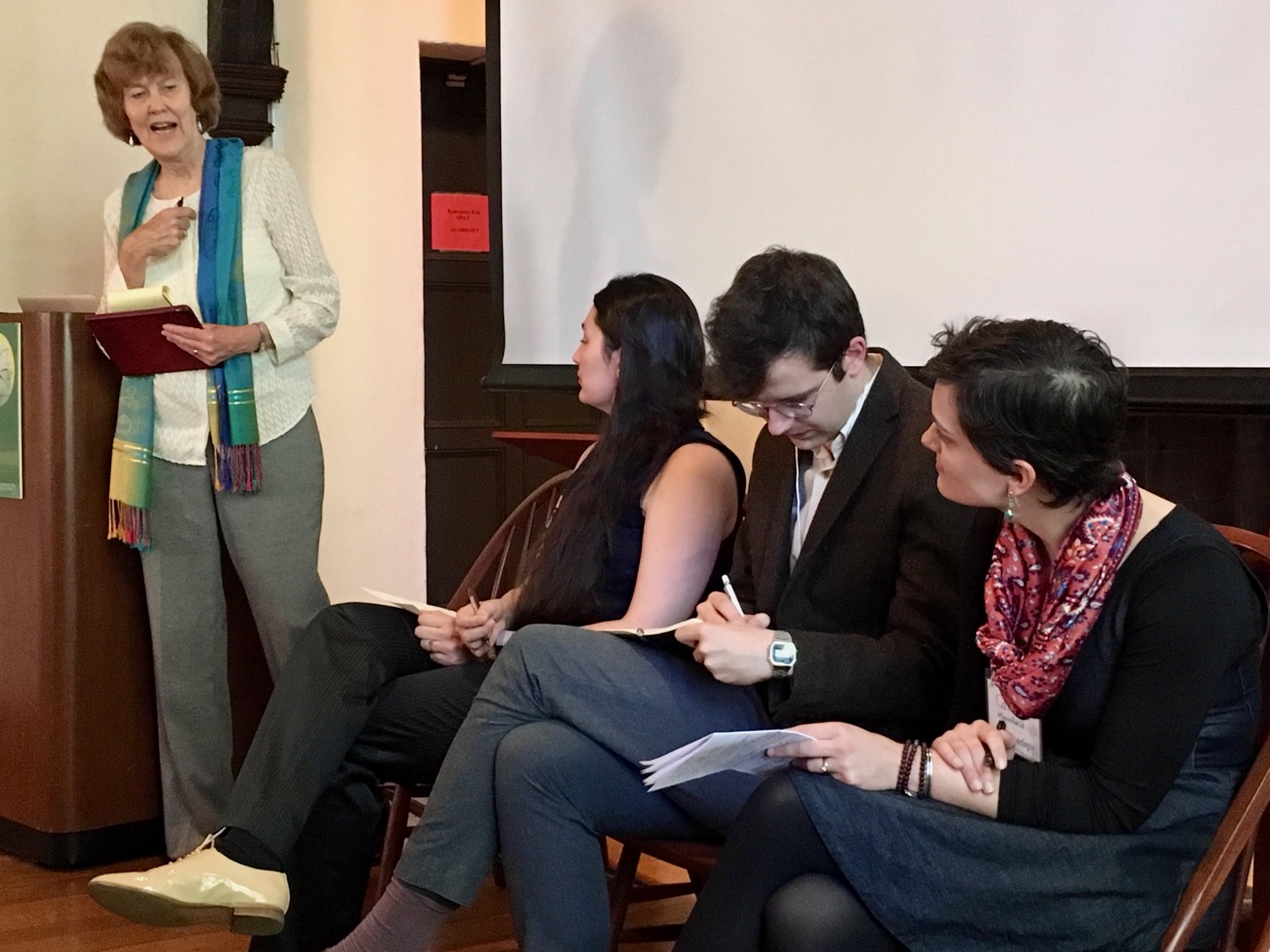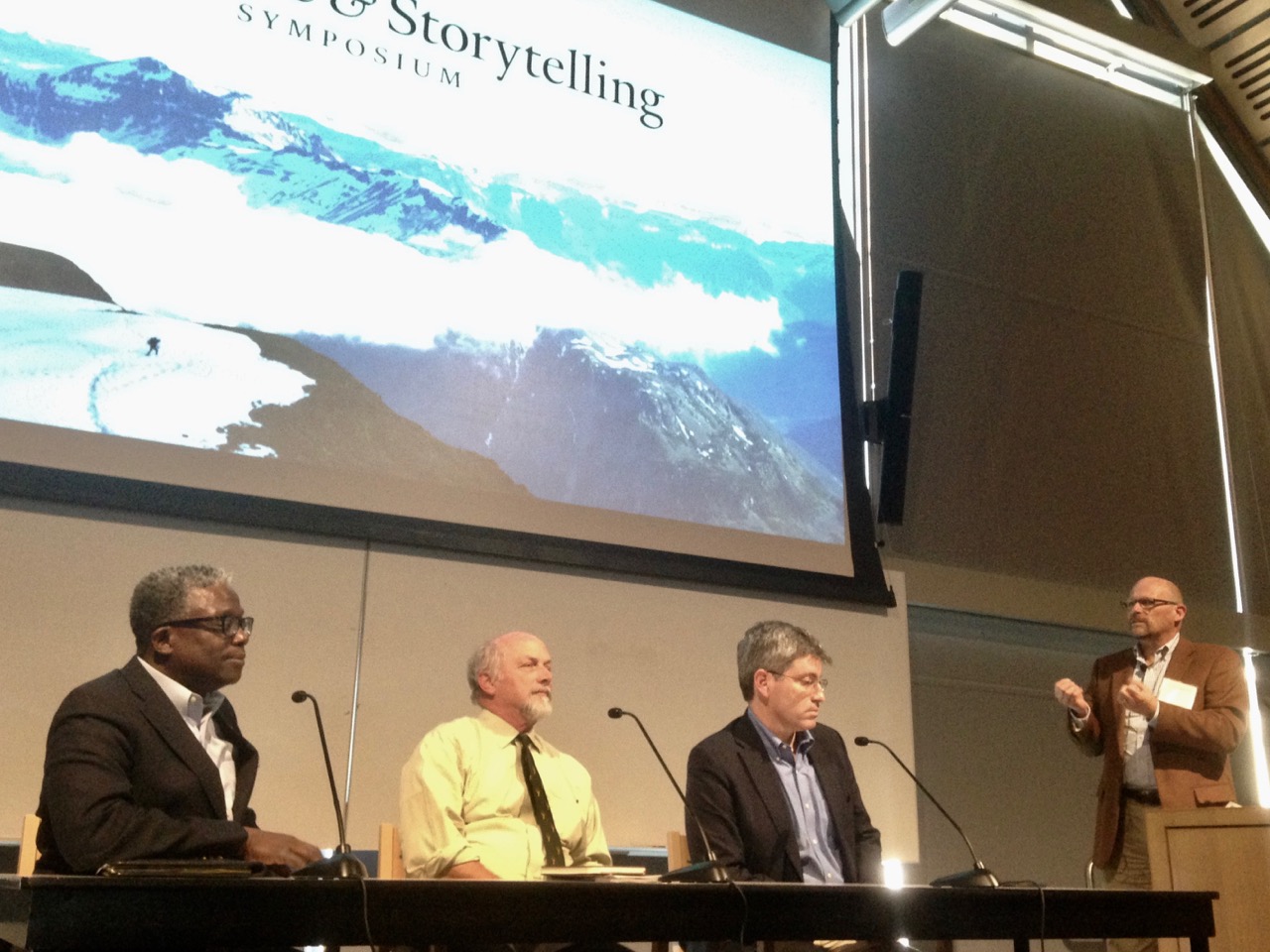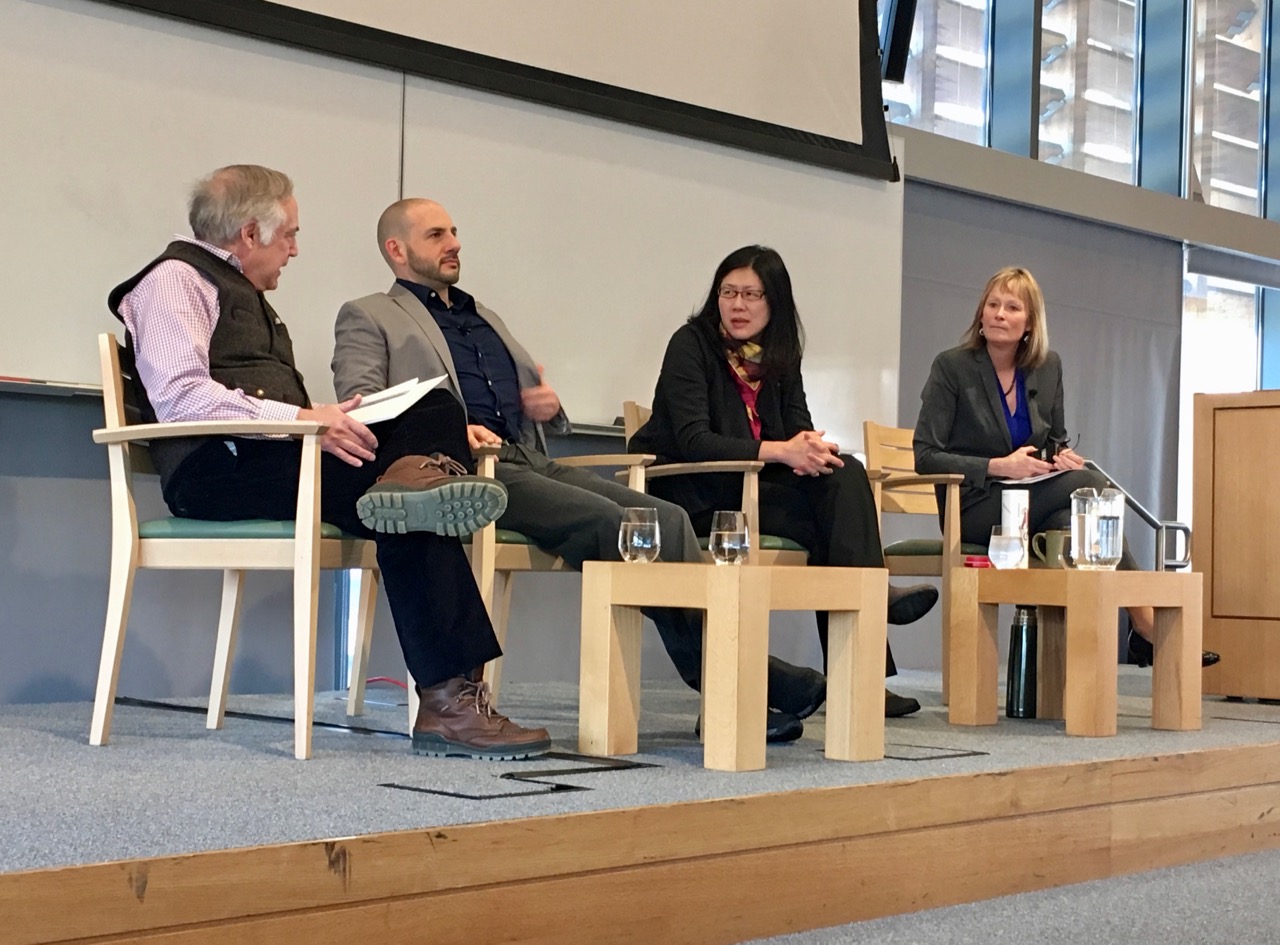A Waken Earth Citizen
I am Rip Van Winkle awoken. What have we just done! What can we do now?
My awakening.
Since my college years at Lake Itasca Biological Station, I revisited the birthplace of my interest in biology and single-cell critters (see BIO). I am often saddened to see drastic changes of the ecosystems I used to know so well. The bog mats oozing with richness of protozoans dried. But my journey into biomedicine and teaching was always consuming, so I ignored the warning signs.
Click right
Photo Panel. Rip van Winkle is wakening. Photo 1. The younger Huân at a study site in Lake Itasca State Park. Photo 2. Gothic Mountain, photo from Google.com. Photo 3. Huân and the Willeys at Black Canyon. Photo 4. Prairie land of the Midwest, Google photo. Photo 5. Mad Max and "Dog", photo from IGN.com.
It was 2010 when I visited my elder friends, Drs. Bob and Ruth Willey. They were living in Gunnison, Colorado. The Willeys were biologists at the Rocky Mountain Biological Station and protectors of the mountains from excessive mining and development.
We drove around and soaked in the spring air and radiant flowers of the beautiful Gothic Mountain. We drove past multiple study sites with manmade simulation of climate prediction into the future by plant biologist David Inouye. He has been studying flowering plants of these mountains for many decades. The field studies shift in recent years by months as the snowcaps melt and spring came earlier. The plants and pollinating insects are out of synch. Their predictive simulation shows the rich plant diversity and ecosystem of this mountain will disappear in 30 years. That gorgeous mountain at 10,000-feet elevation will look more prairie land. That drive back to Chicago was a rude awakening as I drove down the mountains through prairie lands of the Midwest.
Changes in the ecosystem in geological timescale of thousands of years happens within my adult life while I was busy in the laboratory and classroom.
For the next years, I felt shame whenever I see children playing at playground. I had recurrent dreams of 'Mad Max' apocalyptic landscapes with children coming out of rabbit holes when the scorching sun sets. They play in the cooler air and bright moonlight. Children will play as children do whether in a war zone of Viêt Nam, or in my Mad Max dreamscape.
Our children will not live in the same beautiful, safe world we are discarding with recklessness.
I devote the last decade working on a brain problem that affects a third of people on Earth. Global warming and environmental degradation will harm all generations of life. Our human civilization is at impending risk.
I am Rip Van Winkle awoken. What have we just done! What can we do now?
My acclimation
Since my awakening, I find time to learn and plan. The need to help in our solutions to climate mitigation and adaptation is urgent.
Classroom knowledge
The first step was coursework. I needed to know the four parts of problem and solution: science-technology, business, public, and policy.
Yale School of Forestry and Environmental Studies: Physical Science for Environmental Management, Science to Solutions: How Should We Manage Water, Sustainability Metrics, Diverse Voices: Environmental Leaders on Climate Change and the Environment, Synthesizing Environmental Science for Policy.
Stockholm University (on-line): Planetary Boundaries and Human Opportunities.
Columbia University (on-line): The Age of Sustainable Development, Climate Change Science and Negotiations.
Click right
Photo Panel. The returning student. Photo 1. Kroon Hall is Home of Yale School of Forestry and Environmental Studies (SF&ES). Photo 2. Professor Frances Beinecke talks with Aaron Mair of Sierra Club in 'Diverse Voices'. Photo 3. Professor Shimon Anisfeld lectures in 'Physical Science for Environmental Management'. Photo 4. Professors Brad Gentry and Julie Zimmerman break with students in 'Science to Solutions'. Photo 4. Coffee break in Kroon Hall. Photo 5. Late night lecture from Professor Jeffrey Sachs of Columbia University. Photo 6. Huân is a student again.
The People
Second was to see beyond the classroom. I went to coal mining town of the Appalachian Mountains to see the ecological impacts from a century of mining. I mingled and listened to people from this proud American culture. Our fellow citizens supported the rise of our country in the 20th Century and now are most affected with global climate mitigation. Future solutions must help their adaptation for survival and prosperity.
Click right
Photo Panel. Coal mining town of West Virginia. Photo 1. The town of Elkin honors Henry Davis their past Governor and owner of one of the largest coal companies in the world. Photo 2. Landscape of mountain top removal. Photo 3. Beverly woman tells story of two brothers died in a mining accident and the third moved away to a city. She is thankful to find a job at this new super gas station working the grave-yard shift. Photo 4. Beckley man is unemployed for four years after a lay off from a local company. He wants to work and plans to move to Texas to find job on an oilrig. Photo 5. A cashier at a gas station mentions that most of his friends left town. Photo 6. Graveyard workers share their story of struggles. They feel blessed with their family and faith community at a megachurch in town. Photo 7. Train station in Prince. Photo 8. Mining on the outskirt of Princeton. Photo 9. The railroads of Bluefield once a major coal terminal is now empty. Photo 10. News of opioid epidemic and mine closing pepper local newspapers. Photo 11. Children play as they always do anywhere.
My Elm City.
Next step was to learn from my front line. I joined New Haven activist groups to bring awareness and support the 2015 Paris Agreement. Our climate movement demanded and then worked with City Hall to develop a Climate and Sustainability Plan. I promoted our city joining the Compact of Mayors to also lock in our tranparency and accountability to the world.
Click right
Photo Panel. Communities march in New Haven supporting the Paris UN Climate Negotiation in December of 2015.
Click right
Photo Panel. After the Paris Agreement, New Haven Climate Movement organizes to push City Hall toward developing a Climate and Sustainability Plan.
Click right
Photo Panel. Photo 1-4. Community experts and leaders work with city staffs to draft a New Haven's Climate & Sustainability Framework. Photo 5. Mayor Toni Harp announces New Haven joining the Compact of Mayors. Photo 6. The public gives feedback to the proposed framework.
Our Nutmeg State.
Last step is to learn current climate efforts at the state level of Connectitut. I monitor the work on climate adaptation (Resilient Bridgeport) and climate mitigation (GC3: Governor's Council on Climate Change). GC3 is commissioned to reduce in Connecticut our GHG (greenhouse gas) 80 percent below 2001 levels by 2050.
Click right
Photo Panel. Staffs of Resilient Bridgeport conduct community meetings to outline plans and get feedbacks.
Click right
Photo Panel. Governor's Council on Climate Change meet in public from Hartford.
Click right
Photo Panel. Connecticut state officials give hearings of the Comprehensive Energy Strategy. The strategy adjusts every three years.
My preparation is completed.
For five years, I digest daily environmental news from city to global level. Regular talks and symposiums at Yale show the leading edge of seeing problems and thinking about solutions. A gap exists between good idea for solutions and actuality in the U.S.
Click right
Photo Panel. Talks and symposiums host by Yale schools (F&ES, Business, and Law). Photo 1. Yale students organize the Second Conference on Sustainable Development in Latin America & The Caribbean. Photo 2. Professor Daniel Esty talks with Christiana Figueres (Executive Secretary UNFCCC). Photo 3. David Lawrence, a global energy consultant and former Shell executive, outlines his future of energy. Photo 4. Professor Karen Seto moderates Panel 1 of Conference on Urban Resilience & Sustainability. Photo 5-6. Professor Gaboury Benoit and Ginger Chapman moderate two panels of Forging University-Municipality Partnerships Toward Urban Sustainability. Photo 7. Professor Frances Beinecke interviews Lennox Yearwood, hip hop artist and President of the Hip Hop Caucus. Photo 8. Yale students organize Future of the UN: Student Retreat with Julia Marton-Lefèvre (Director General of IUCN) to propose solutions for a transformation.
Click right
Photo Panel. Seminars and Symposiums. Photo 1. President’ Obama's chief climate negotiator, Todd Stern, outlines in 2014 our history, recent progress and coming challenges of Paris climate negotiations. Photo 2-4. Yale US-China Forum gives a glimpse of the interface between US and China in renewable energy and health. Photo 5. Social and technology entrepreneurs are promoted at events such as Yale Entrepreneurship and Innovation Summit. Photo 6. Professor Mary Evelyn Tucker moderates a panel of More than Nature: Environmental Humanities at Yale Conference. Photo 7. Professor Os Schmidt introduces a panel of science writers (Carl Zimmer, Gary Machlis, Gregory McGruder) at the Science & Storytelling Symposium. Photo 8. Dean Ingrid Burke and Professor Karen Seto interview David Steen and Roger Cohn at the Science Communication Workshop. Photo 9-11. Huân opens himself to the world's environmental problems and solutions in Burke Auditorium. Yale School of Forestry and Environmental Studies is a treasure, where their students are trained to lead the world in solutions.
The Innovation.
This Rip van Winkle is awaken and tuned in. I see strengths and weaknesses of our current efforts and where I can contribute.
I have developed two proposals that may innovate our local (Next Elm City) and national (Next Blue Orb) implementation of climate mitigation and adaptation. I hope to find financial and partnerships to build these initiatives (see Donate).
Press
- City, University leaders talk urban sustainability. Josh Purtell, Yale Daily News, October 16, 2017.
